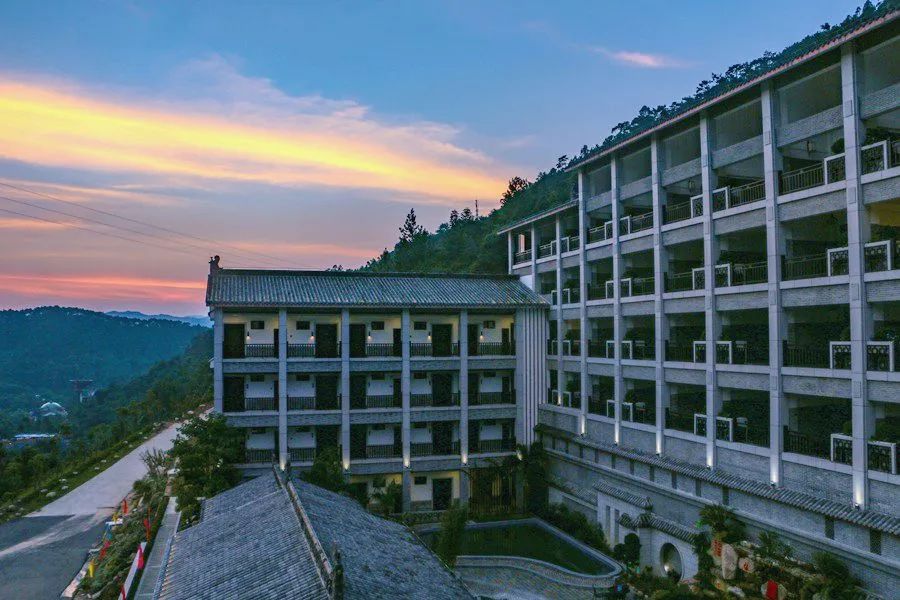“别墅式”度假文旅建筑:竹子与水泥,融入具有当地特色的元素,创造一种独特的设计
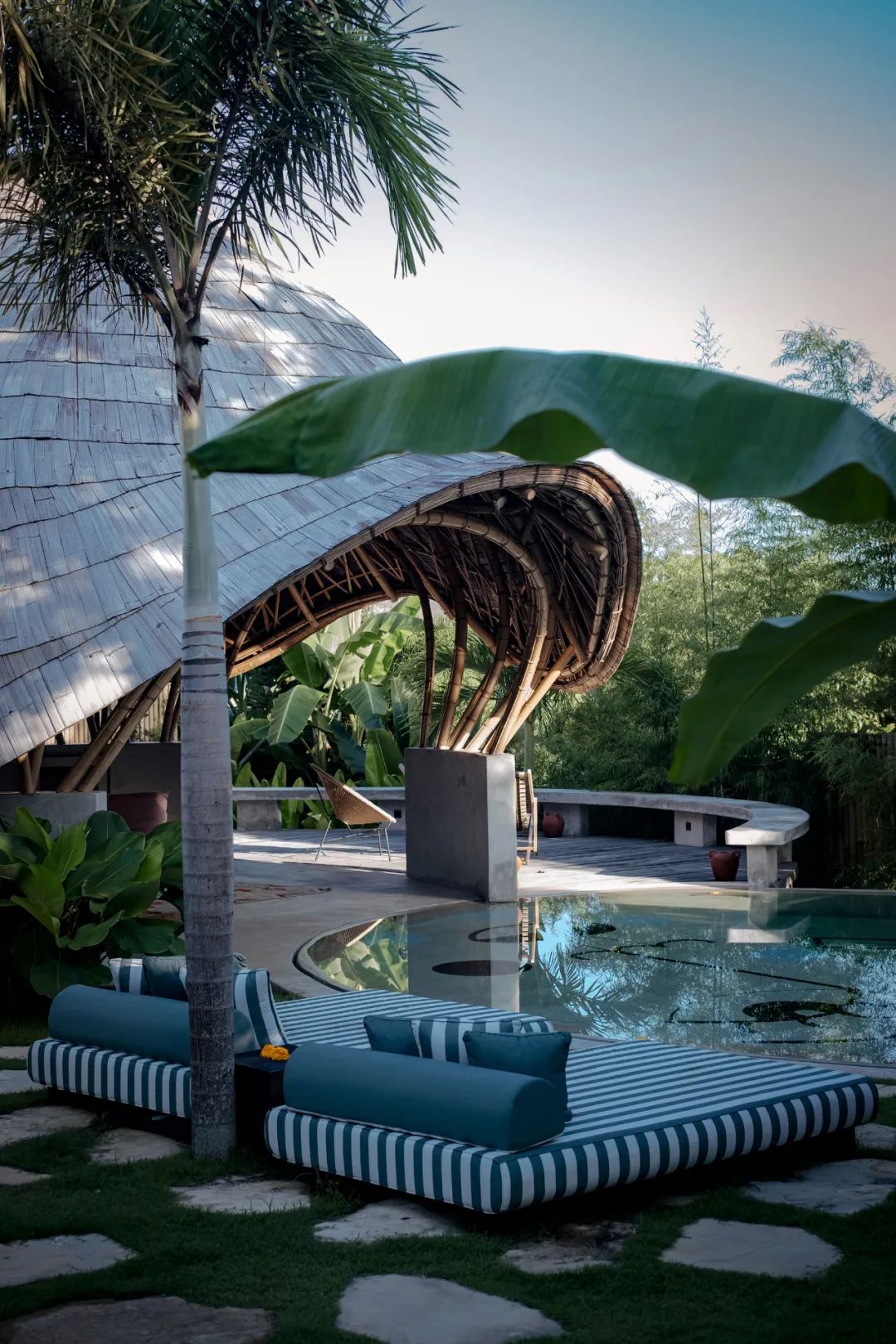
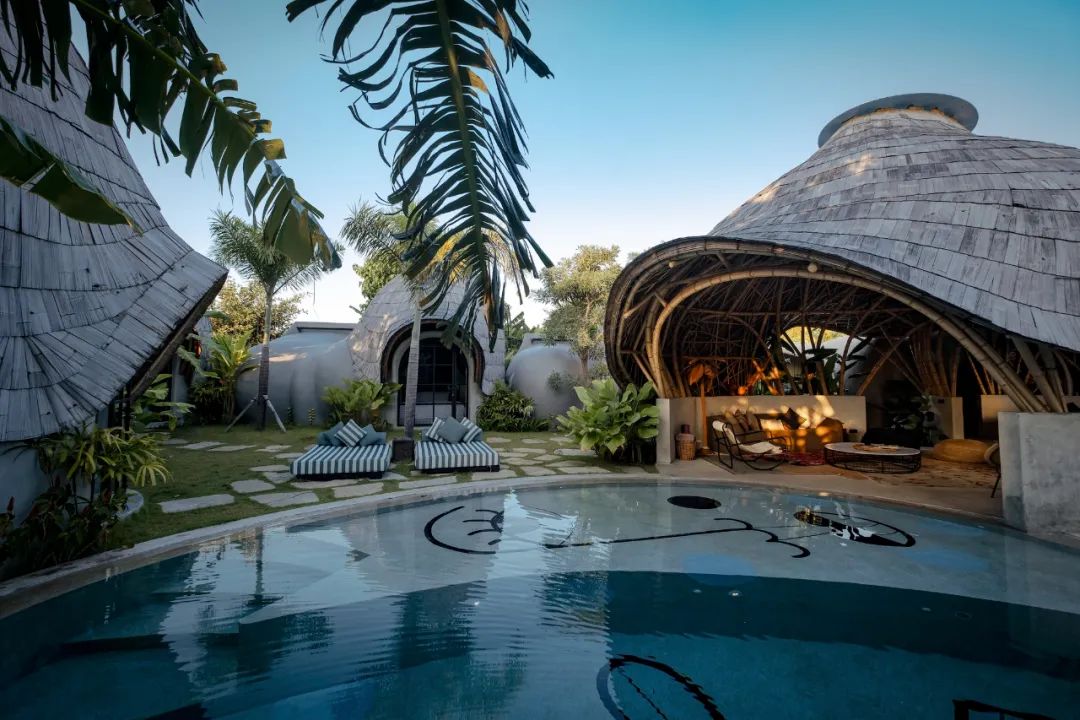
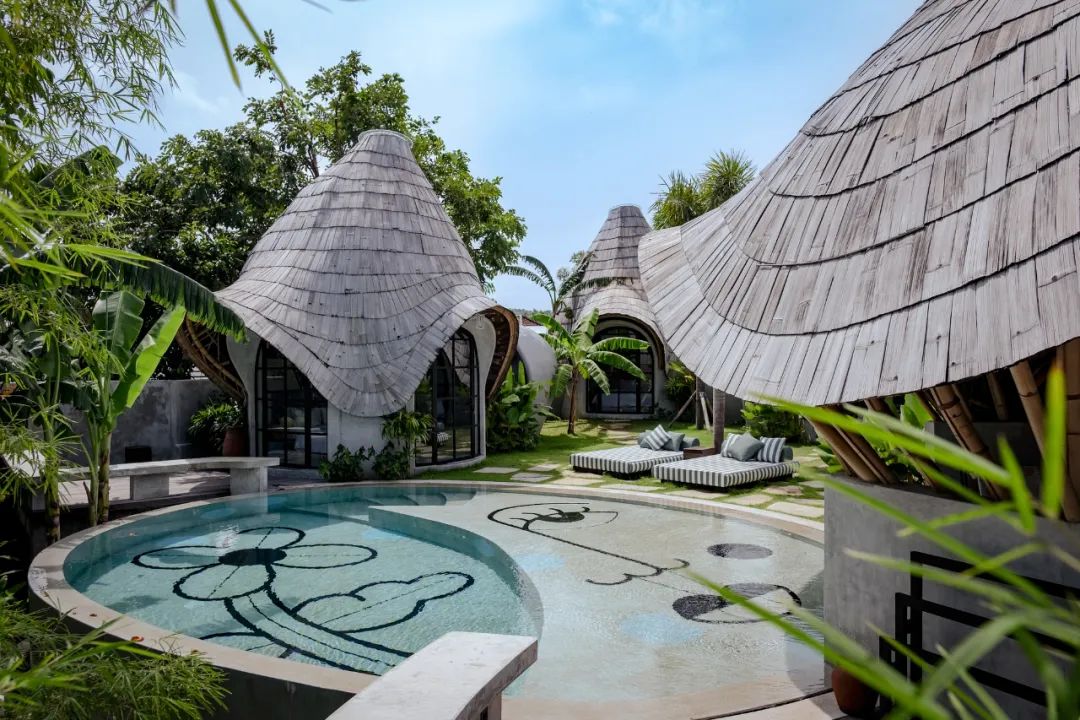
The Project - The project consists of two houses that are part of the Bandido Bali complex. "We wanted to create a unique experience of design, communication, culture, and architecture." I believe that today, we live, work, and even have fun in squared, dull, rigid boxes with little connection to nature. The main mission of the architectural project was to create an alternative and break away from the conventional box of our daily life. To explore a different way of living, break paradigms, and make architecture the means that inspires and evokes that way of living. I wanted to create a place where tradition and contemporary had no boundaries, where both the interior and exterior could merge, where humans and nature could integrate, and where bamboo and cement could dance in unison. The houses ended up being transformed into a sensory, emotional, and visual showcase inspired by Bali.
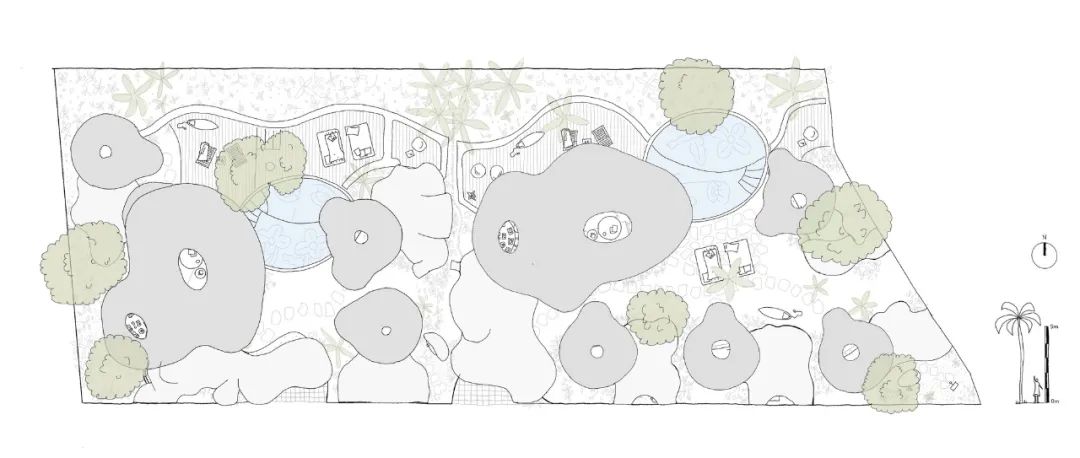
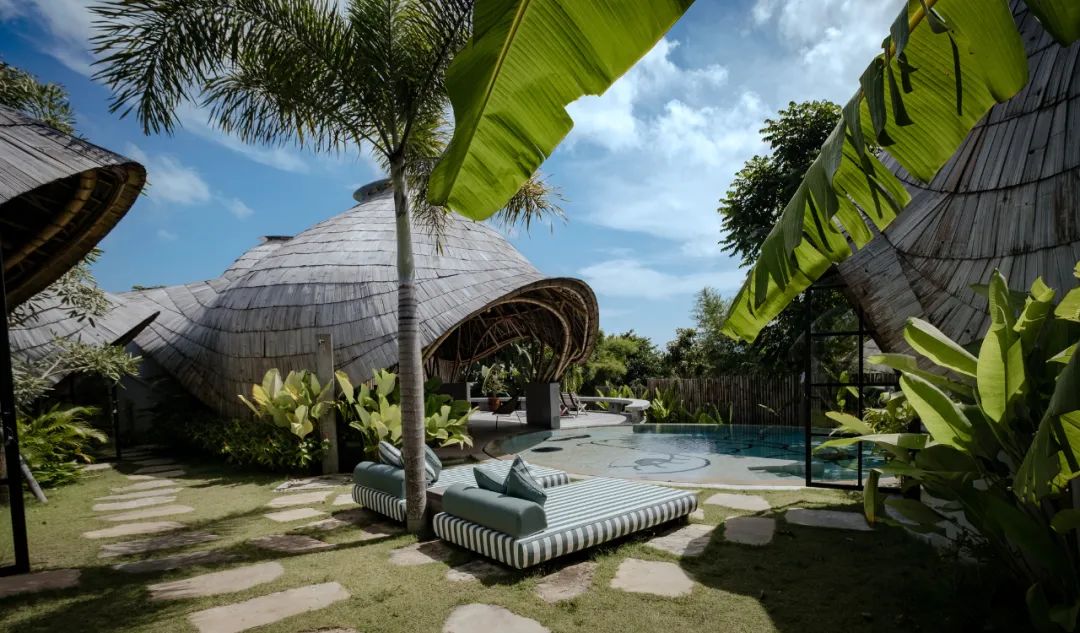
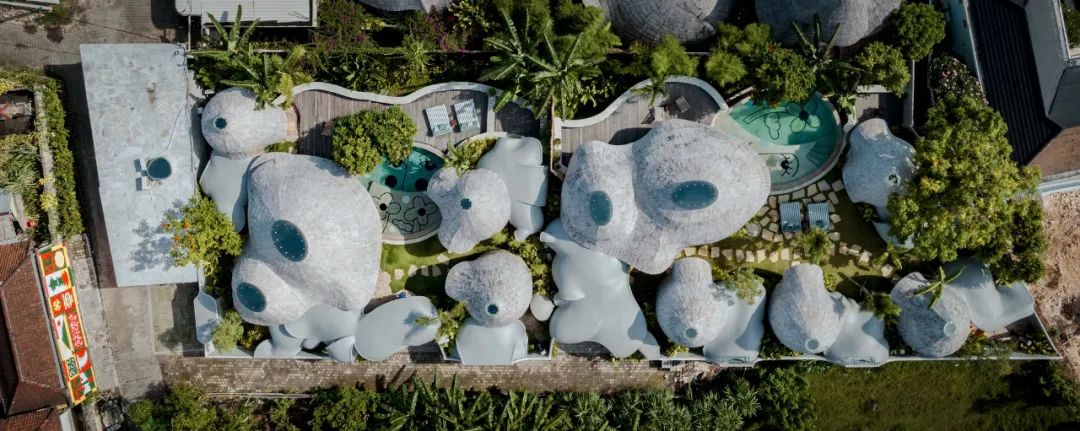
The Location - "Bali, its people, and its culture welcomed us with open arms from day one." That's precisely what we wanted to convey to the user: spaces that would make them feel at home despite being far from their homeland. The Tri Hita Karana (traditional island life philosophy), the organic geometries, the materials used, the richness of circulation and spaces, and the direct contact with nature are basic pillars of this architecture for the soul.

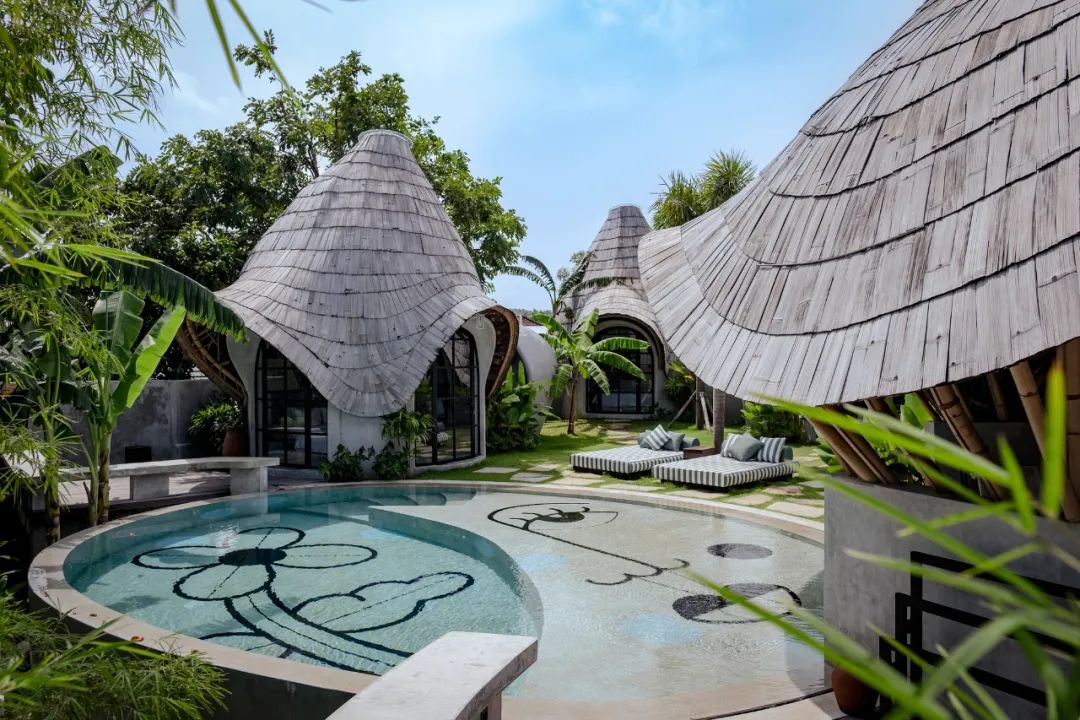
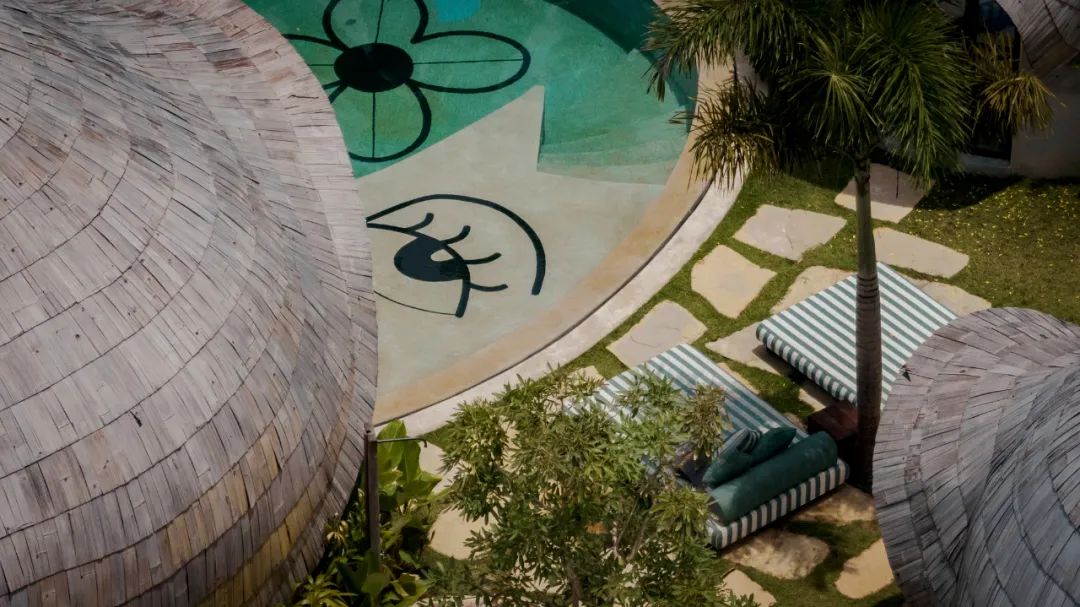
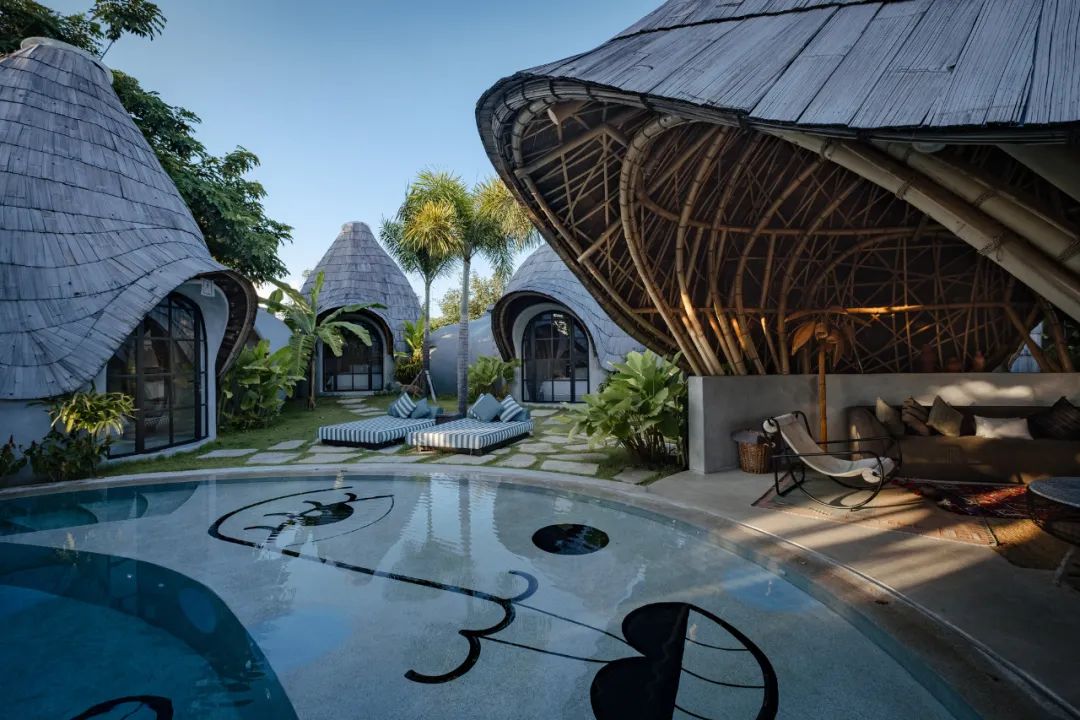
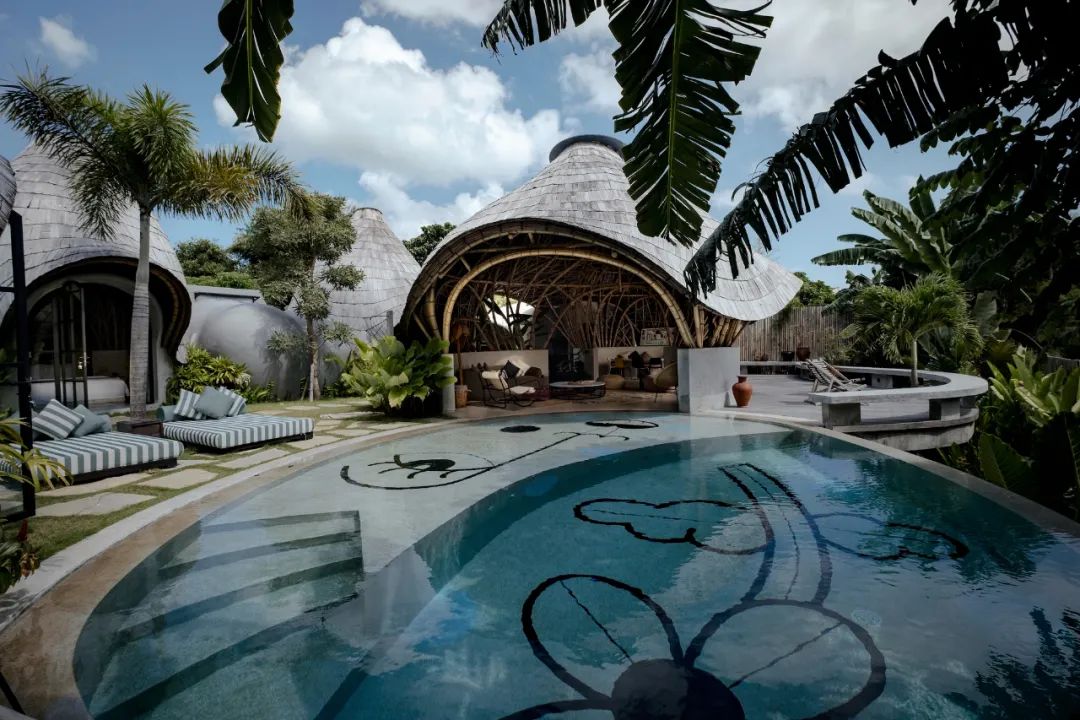
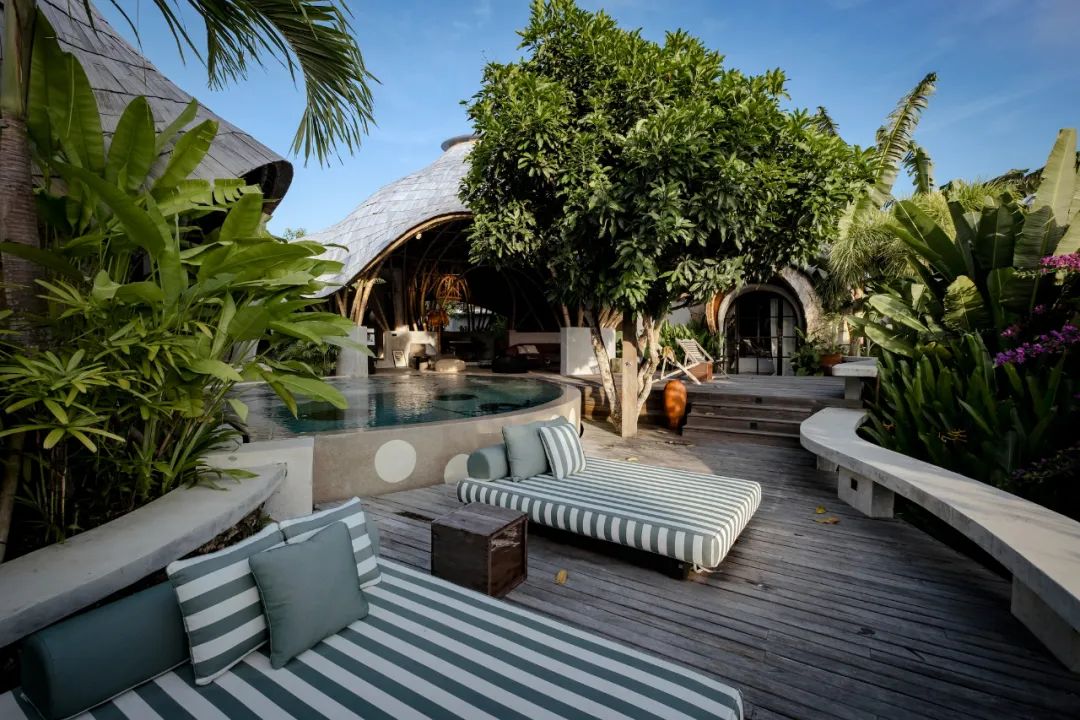
The Floor Plan - Located on the Pecatu Peninsula in the south of Bali, the spatial organization of these houses is inspired by traditional Balinese housing. A more public central space allocates the daytime areas, around which the more private modules (nighttime areas) are distributed. Ensuring that every space has multiple circulations and entrances/exits and facilitating various interactions between them, connecting, overlapping, and even superimposing, thereby enhancing the richness of spaces and the flow of paths. This richness is an essential tool that allows the user to experience the house in different ways at different times of the day. Simultaneously, we placed significant emphasis on landscaping, conceptualizing it as an integral part of both the architecture and interior design present in all spaces. It gradually takes over the structures over time, ensuring privacy and fostering immersion in the experience and place.
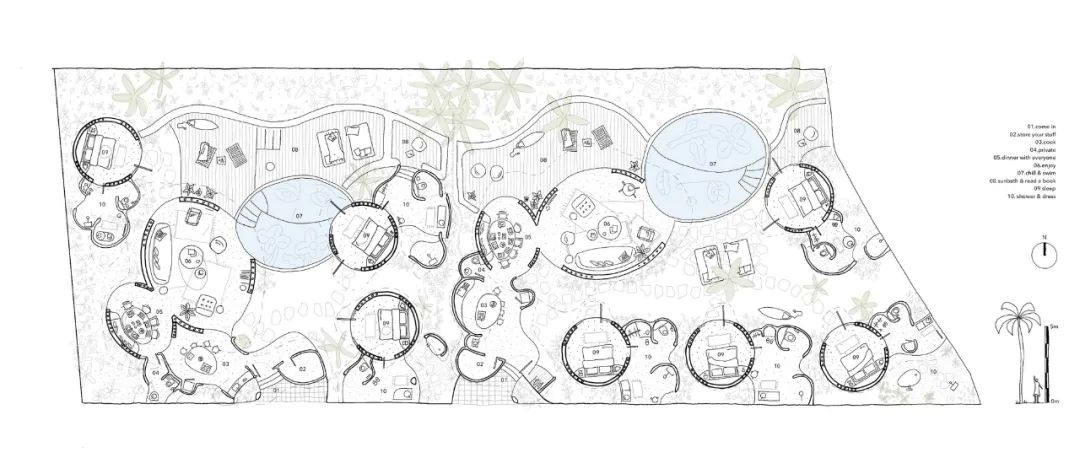
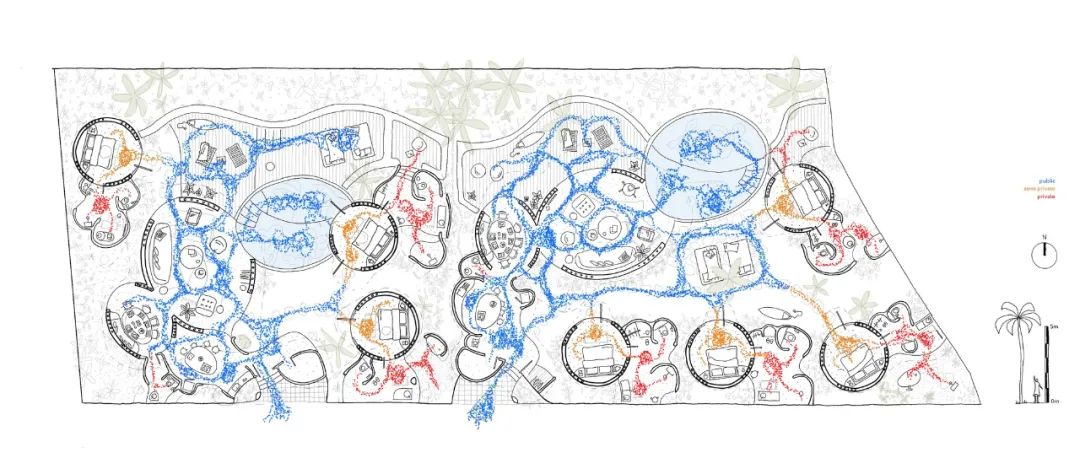
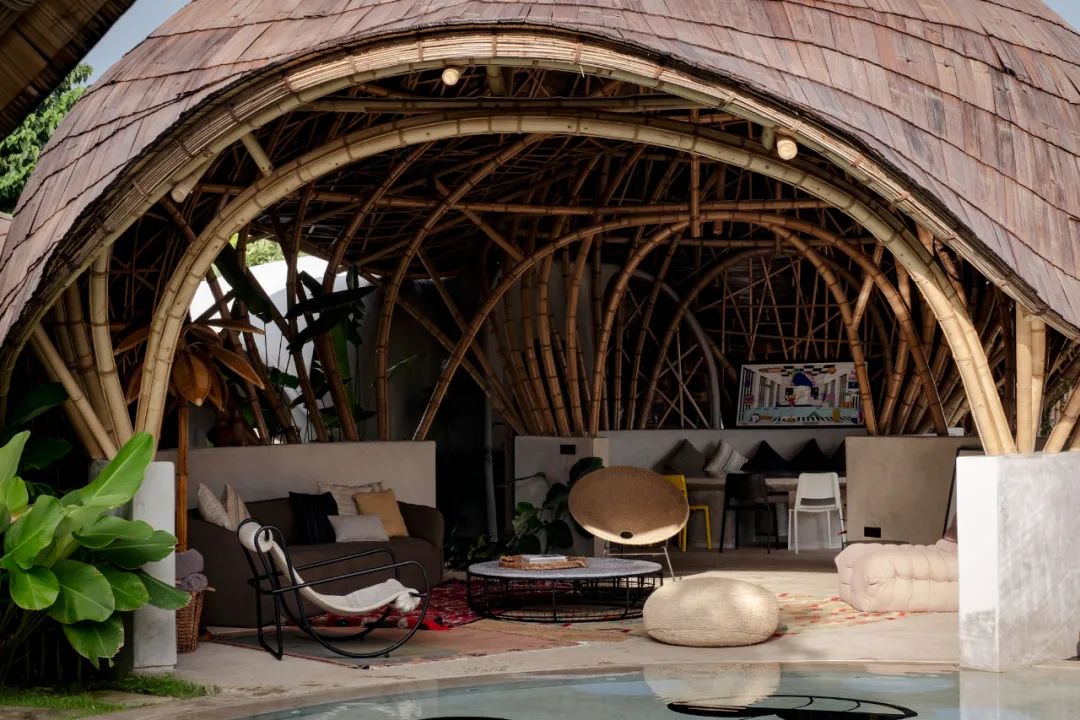
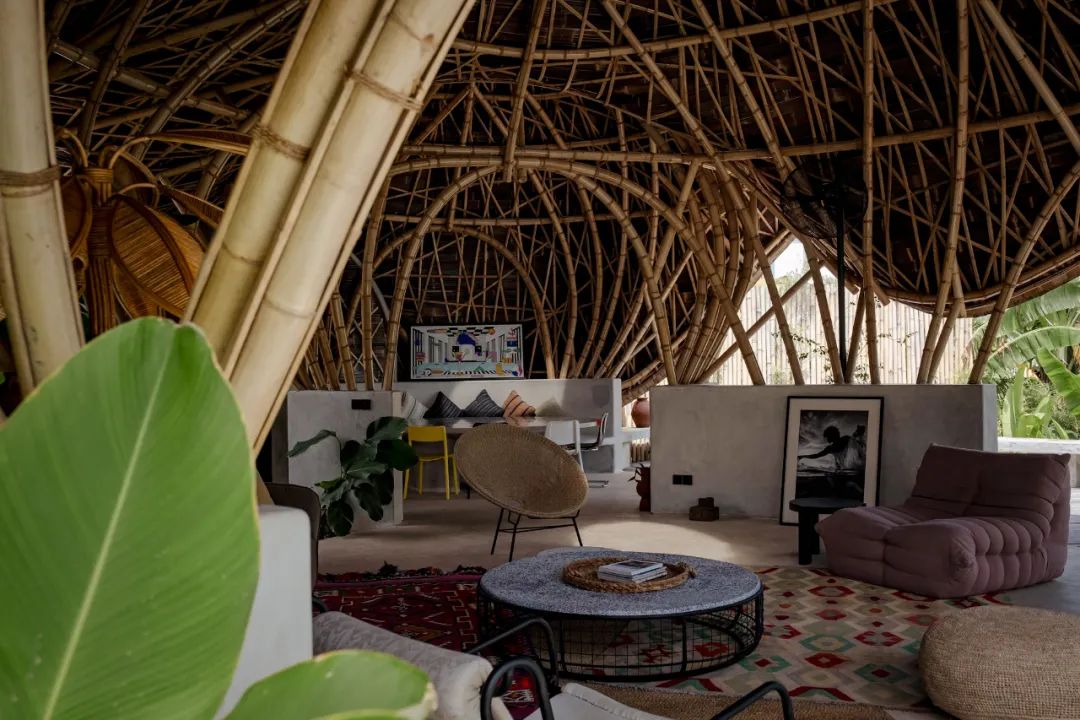

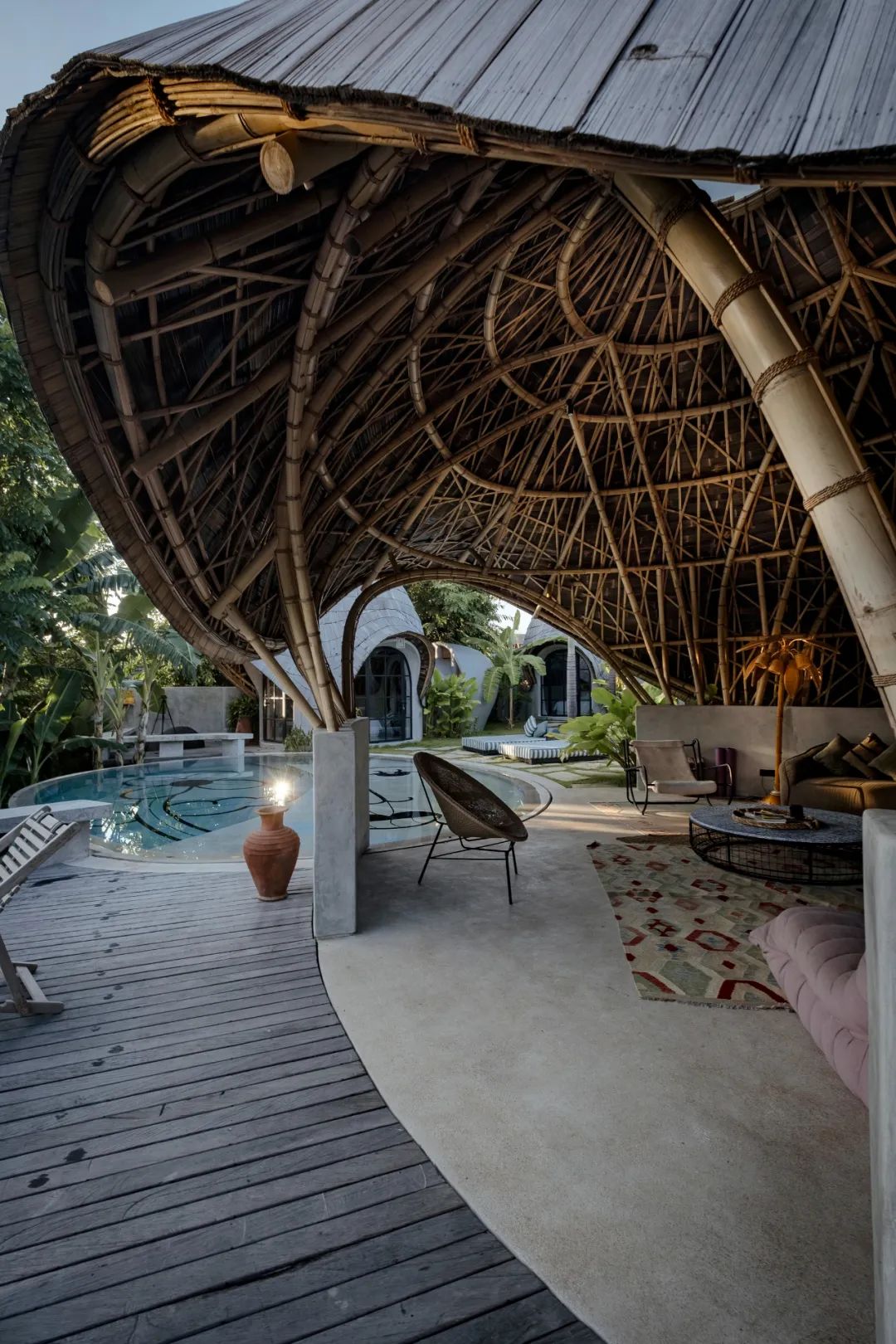
The Design - In order to create a more human and natural space, I understood that the creation, design, and construction process should be based on models, sketches, and many hours of on-site dialogue with local artisans rather than relying solely on computer software for design. Throughout the process, the elements of creation, learning, and enjoyment have always been present. Without a doubt, models and sketches served as the most effective means of communication with local artisans and laborers.
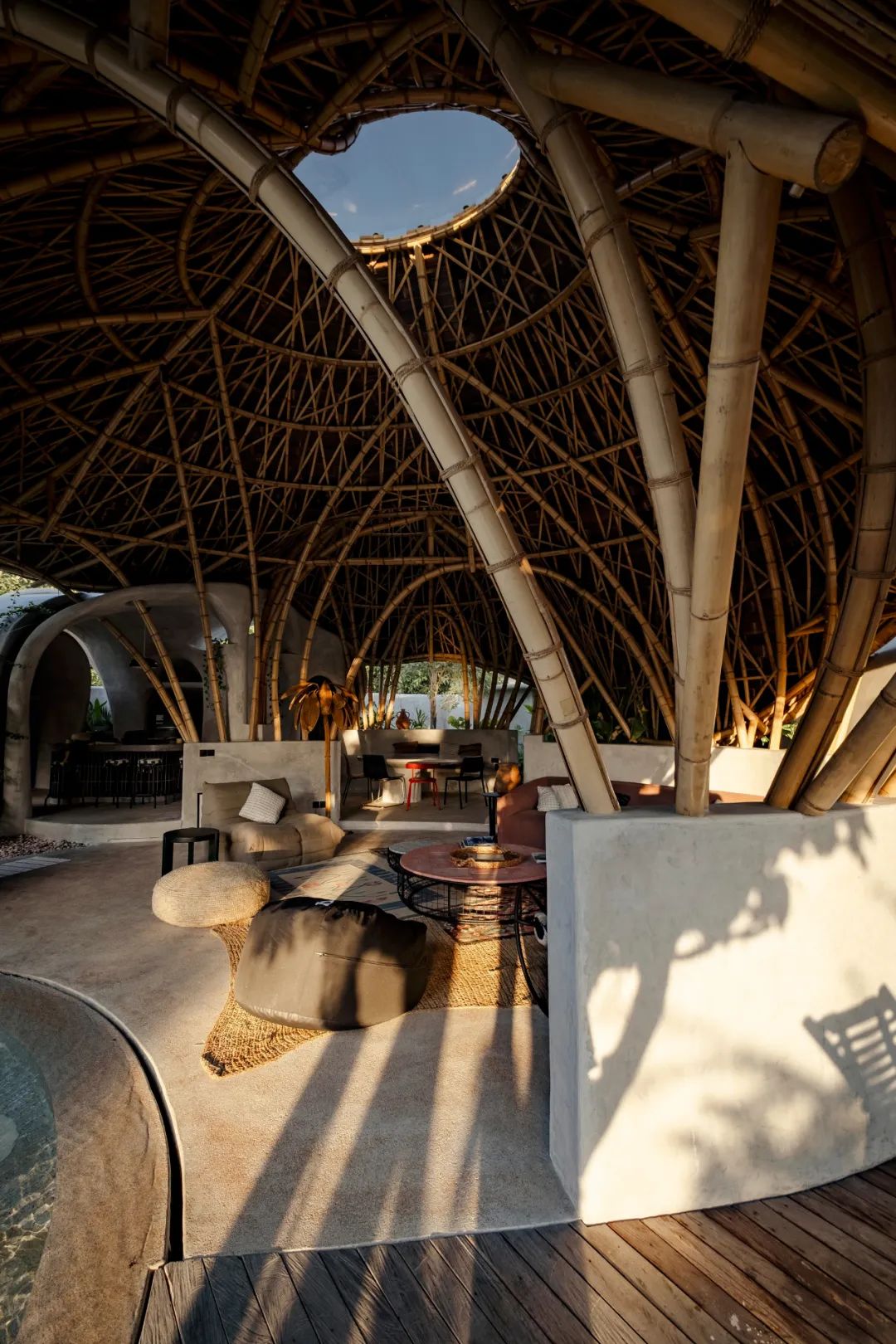
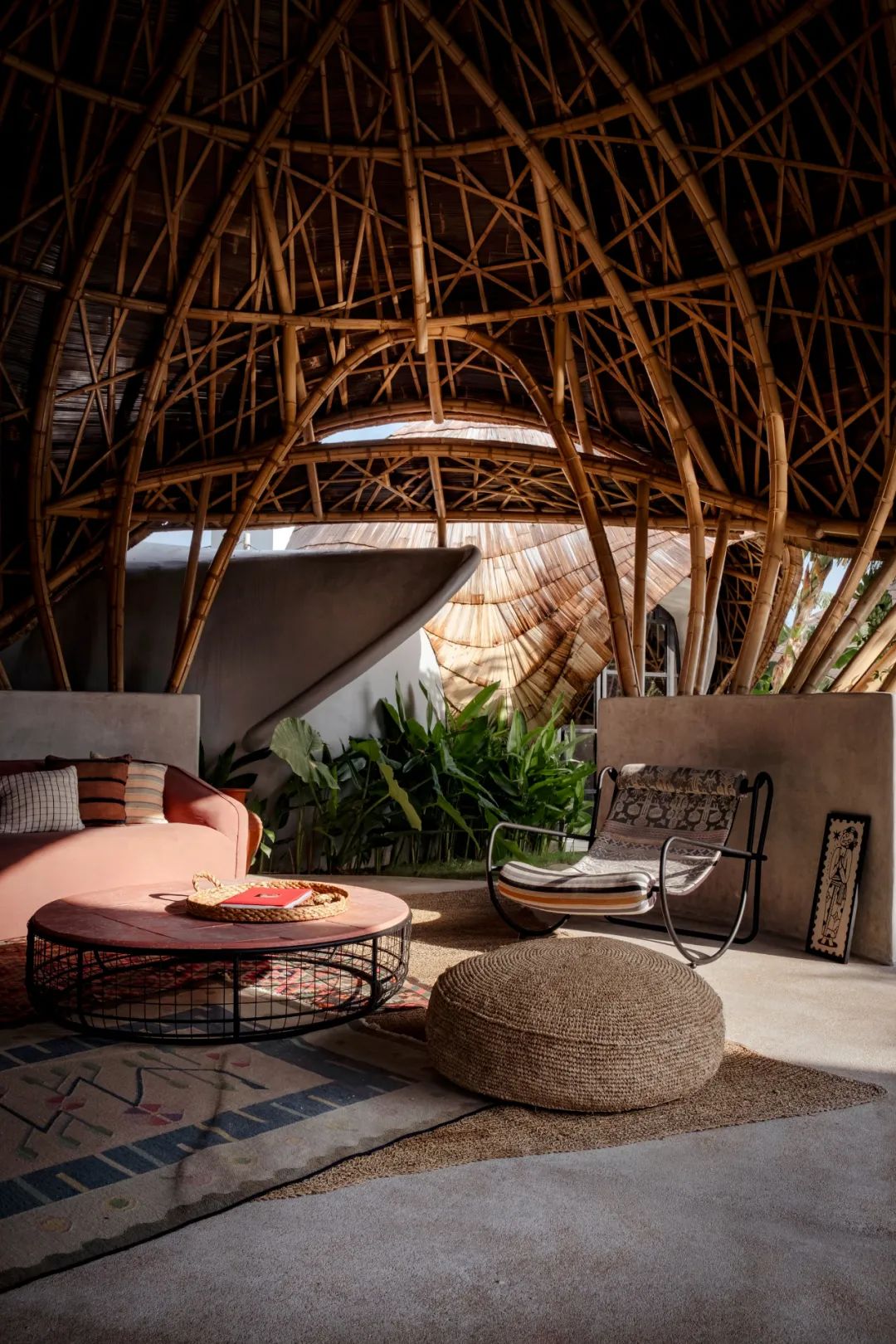
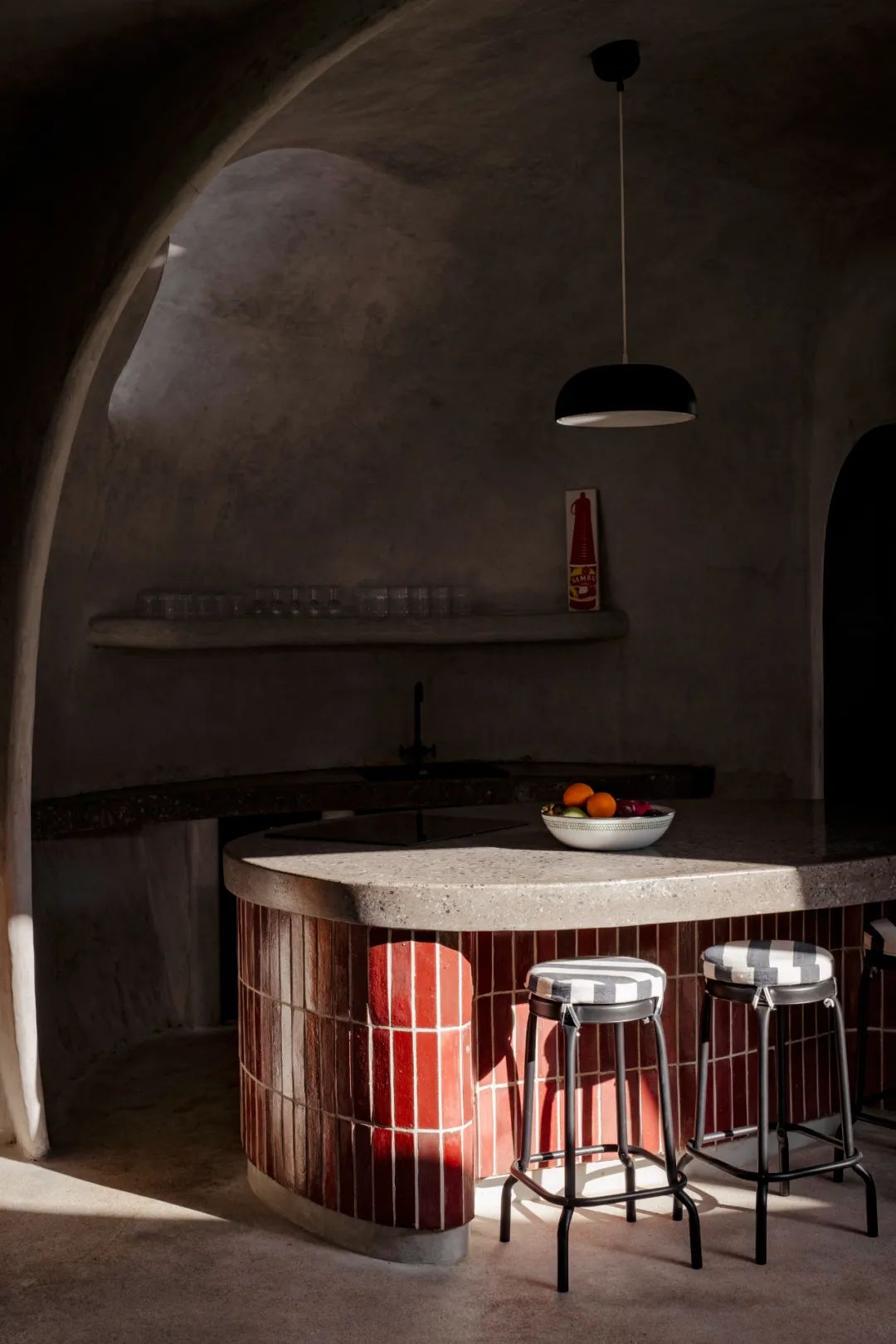
By infusing certain elements with a local identity inspired by our Mediterranean heritage, we conceived and designed the homes to be in harmony with their specific location, taking into consideration the sun, wind, and rain of the area, especially in the context of southern Bali. The orientation of the modules, their openings, and their eaves are all designed to enhance the flow of air, taking into account the prevailing winds in the region, thus promoting outdoor climate comfort without the need for air conditioning.
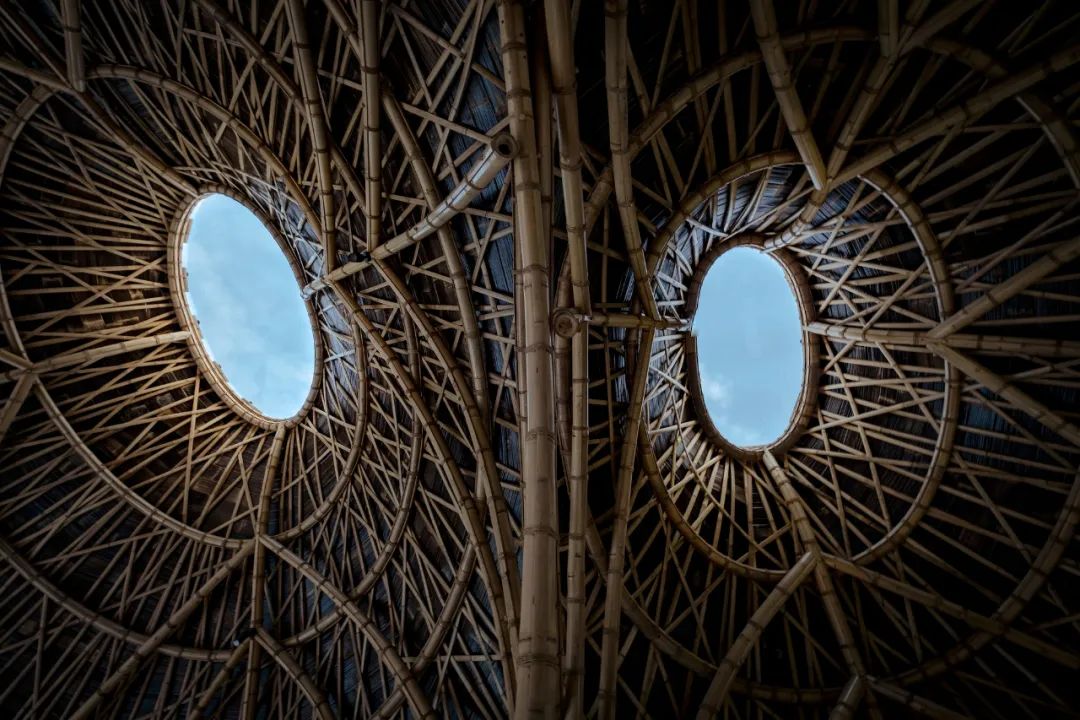
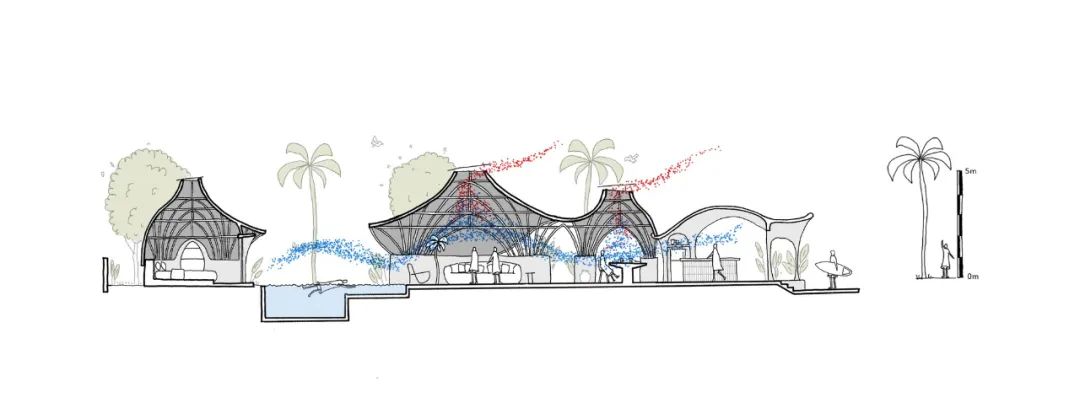
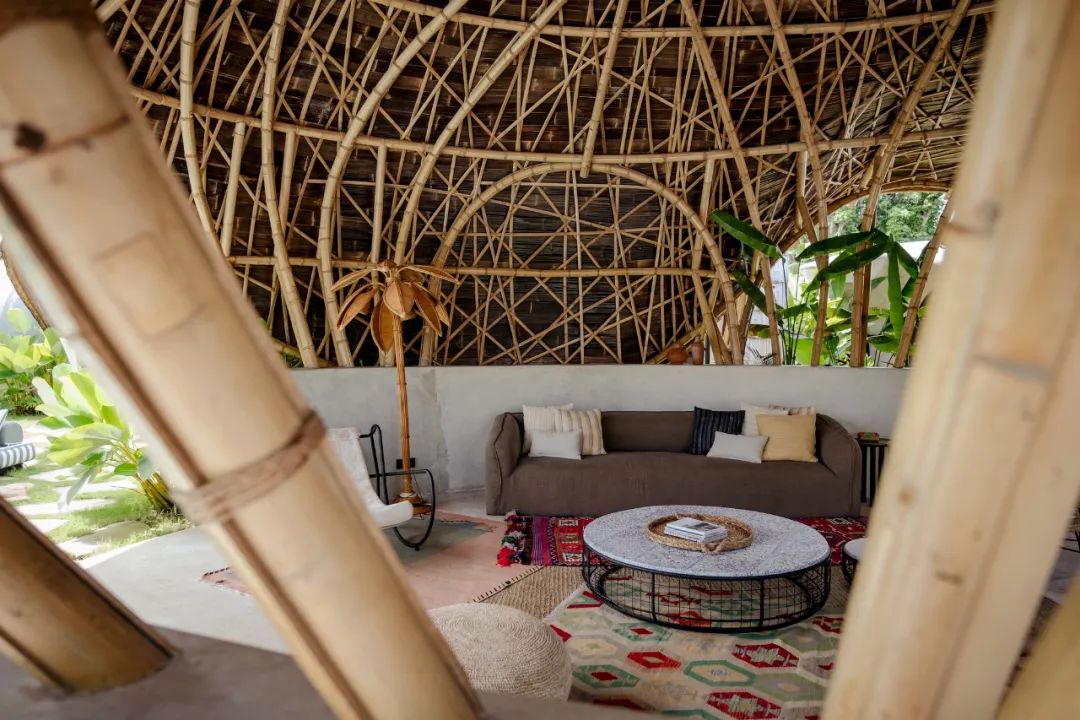
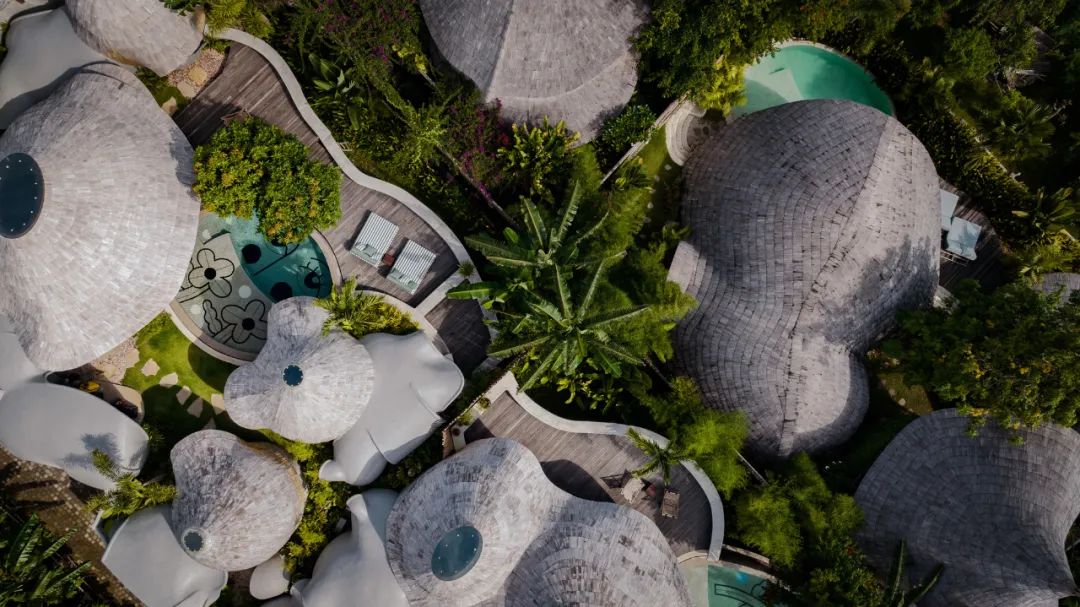
A skylight positioned at the top of the main spaces allows natural light to enter and facilitates the circulation of hot air, all while allowing the continued presence of the sky, cloud movement, stars, and the beauty of Bali’s moon.
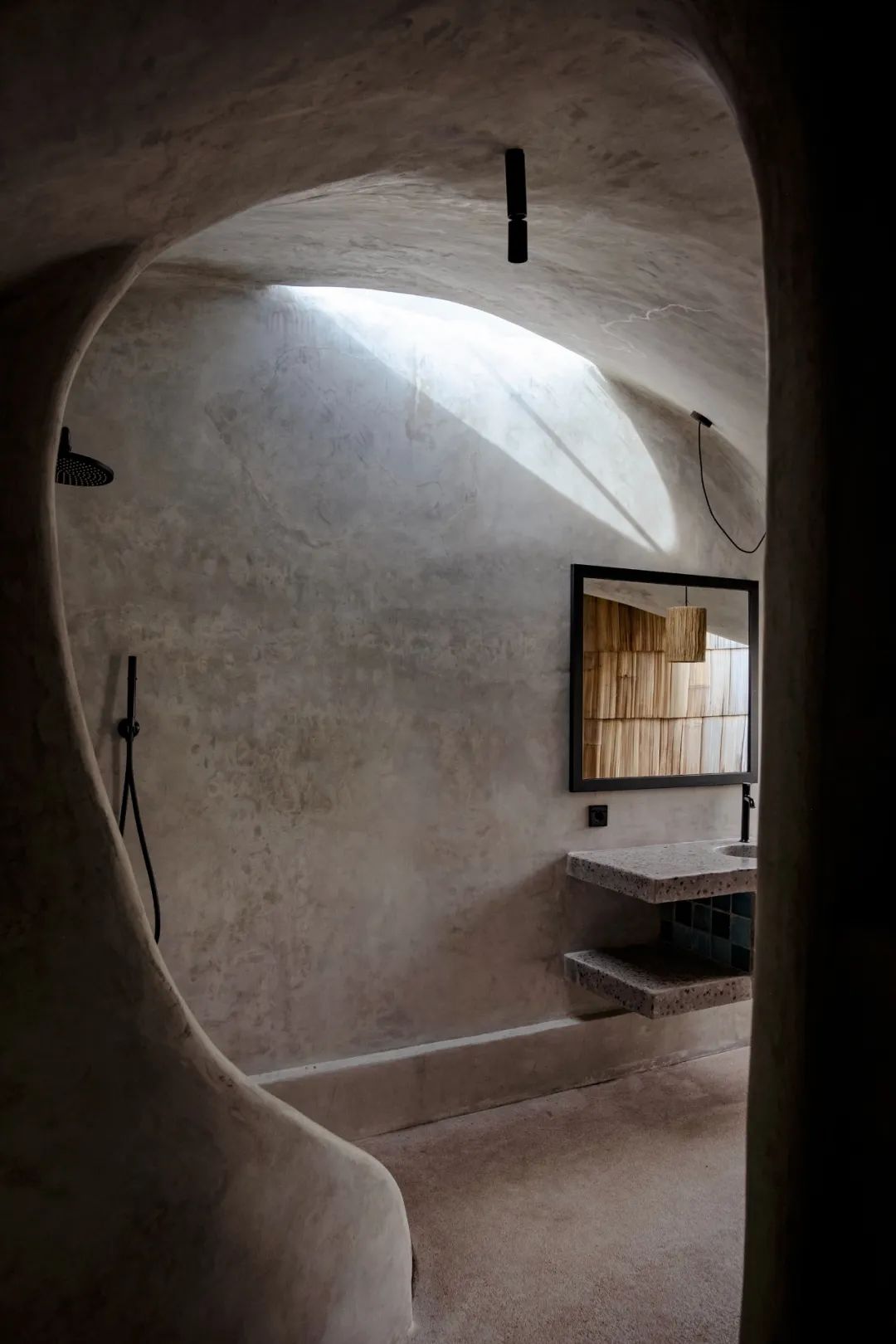
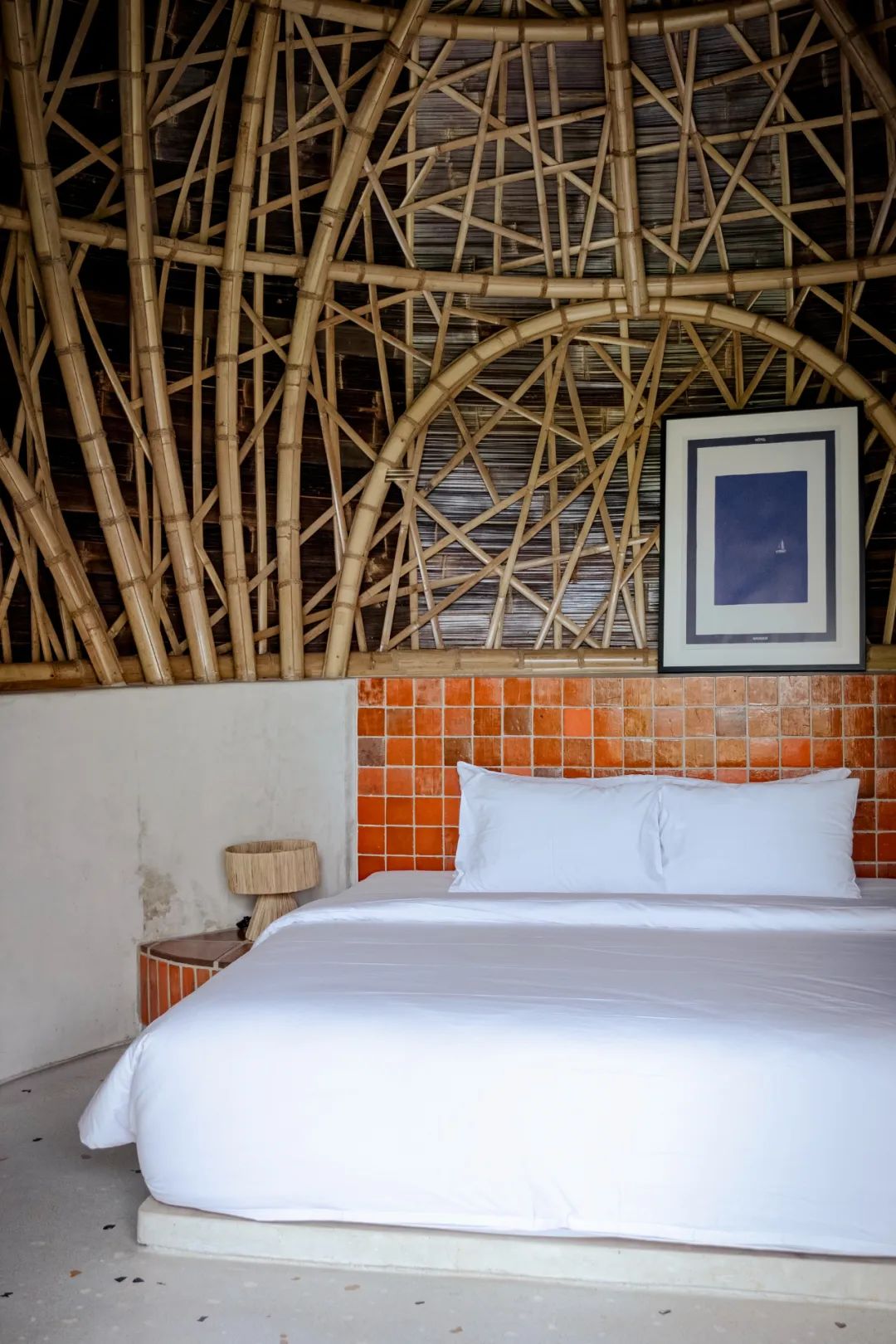

The Structure - By decontextualizing elements and blurring the conventional rules of the main materials that constitute the structure, bamboo, and cement, we successfully achieved their coexistence in the same environment. Bamboo serves as an exceptional ambassador of sustainability, tradition, craftsmanship, and the spirit of Bali.
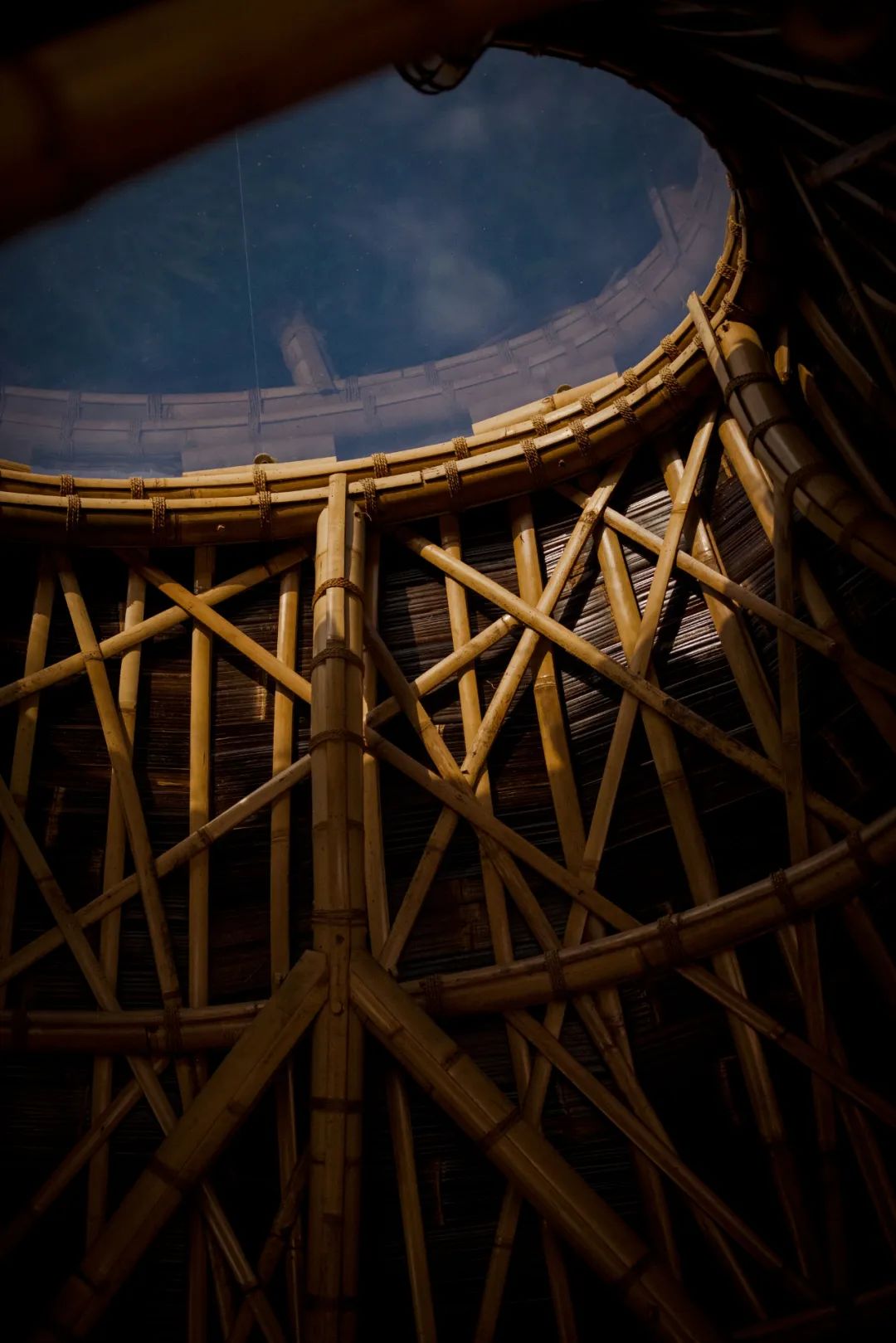
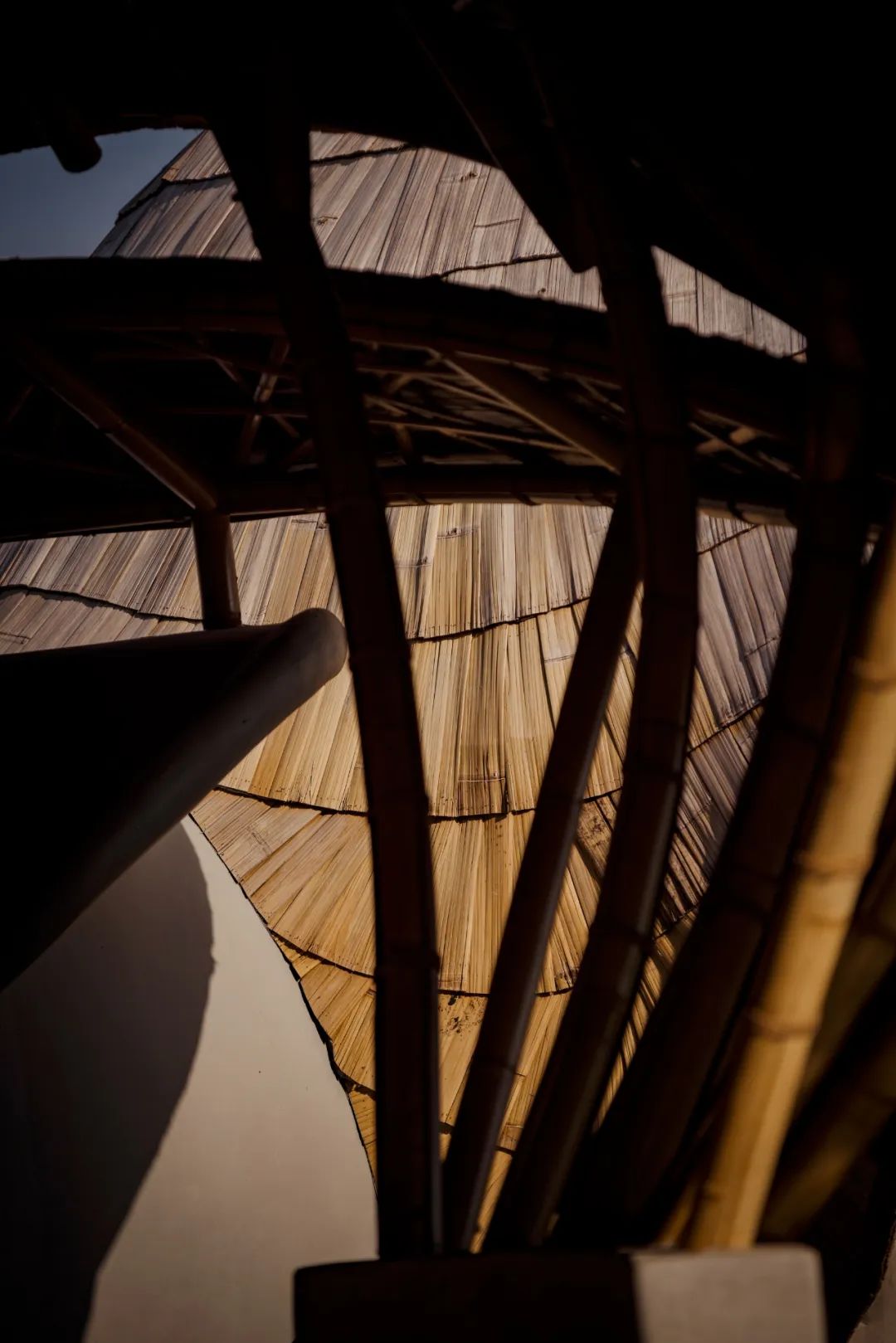
We designed a highly geometric circular floor plan structure comprising 24 pillars grouped into four columns and five upper rings gradually decreasing in diameter as the height ascends. Based on this framework, and by making alterations only to the dimensions in the plan and height, all the primary spaces were designed. The roof, characterized by a chaotic network of flat elements (splits) and black bamboo (pelupuh), also adjusts to the requirements of each space, creating openings and eaves where necessary.
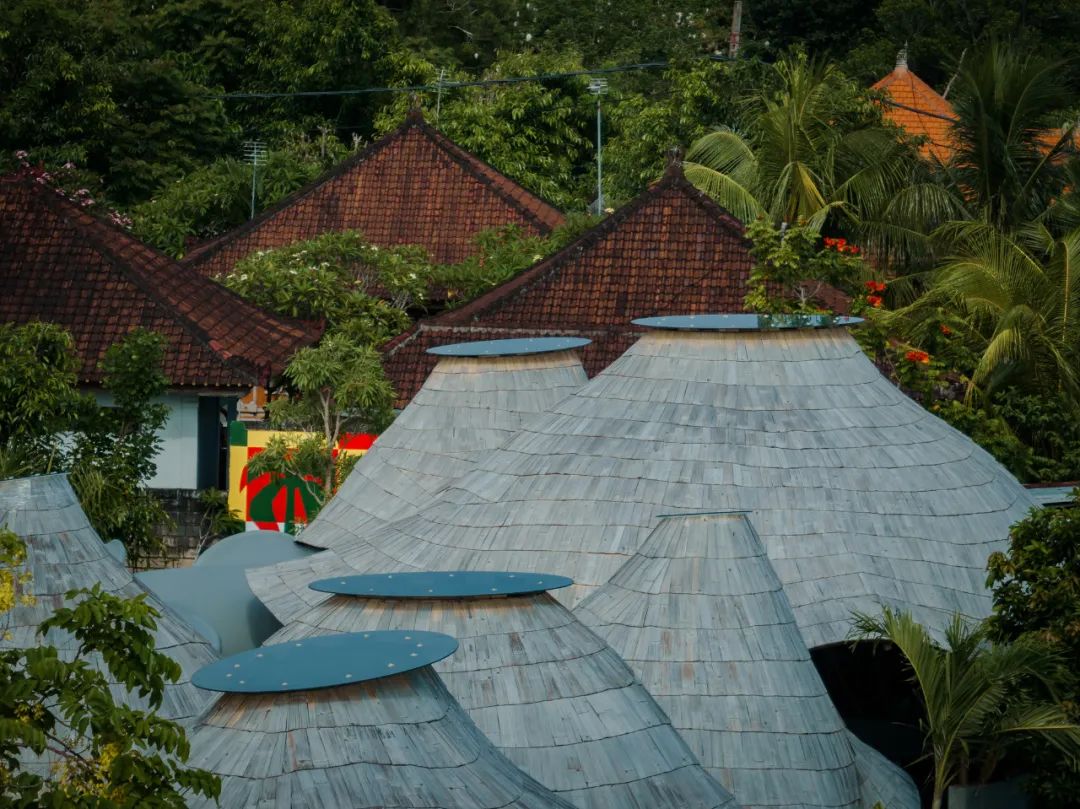
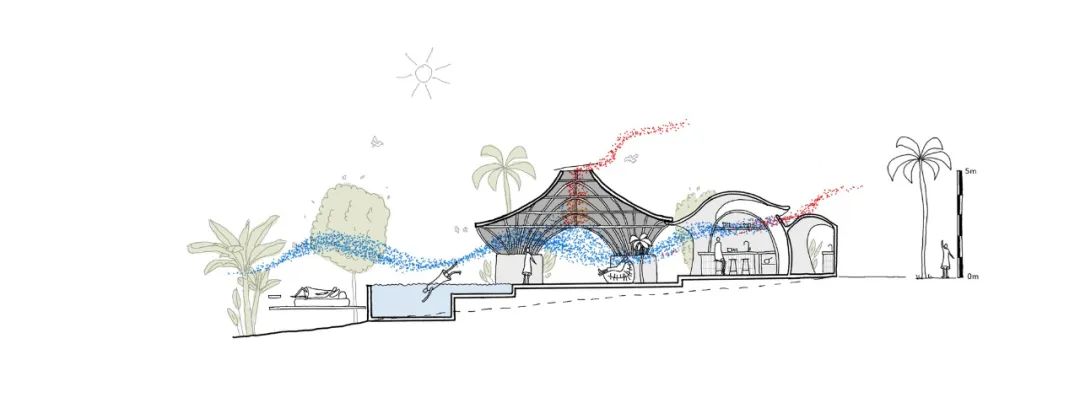
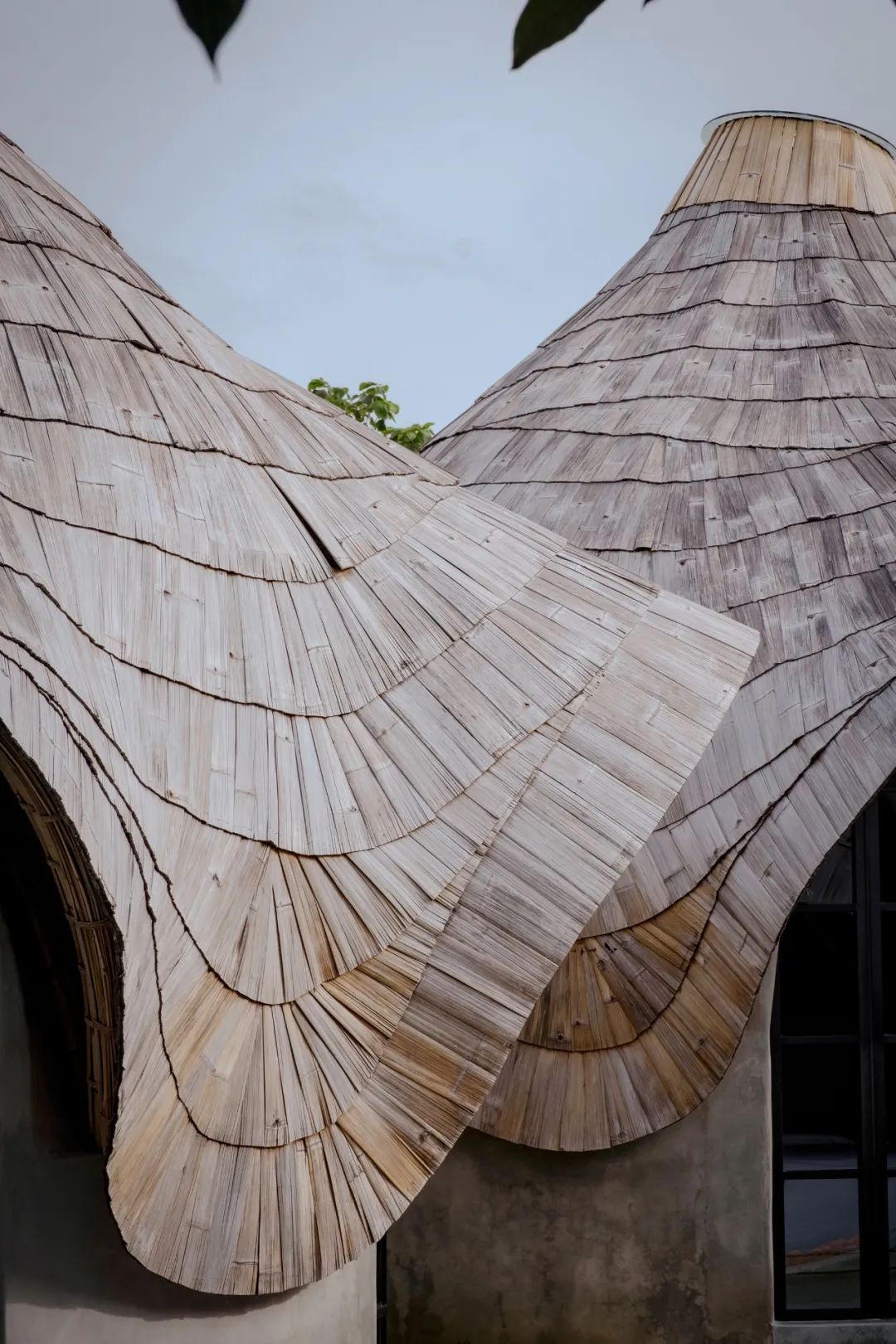

We designed a highly geometric circular floor plan structure comprising 24 pillars grouped into four columns and five upper rings gradually decreasing in diameter as the height ascends. Based on this framework, and by making alterations only to the dimensions in the plan and height, all the primary spaces were designed. The roof, characterized by a chaotic network of flat elements (splits) and black bamboo (pelupuh), also adjusts to the requirements of each space, creating openings and eaves where necessary.
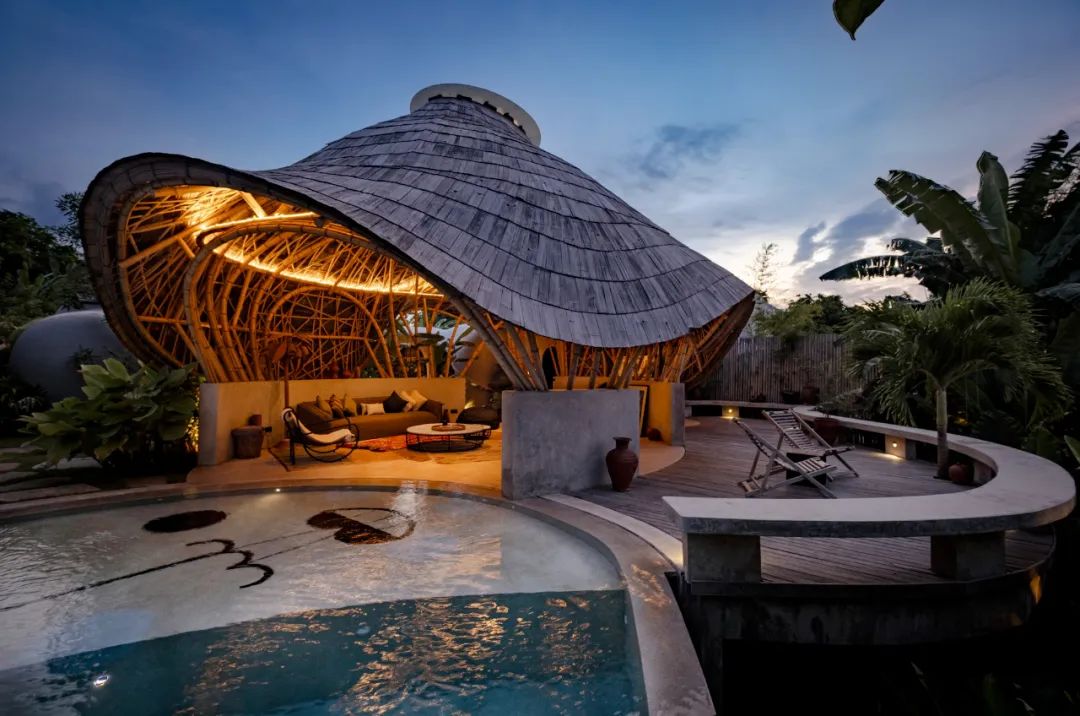

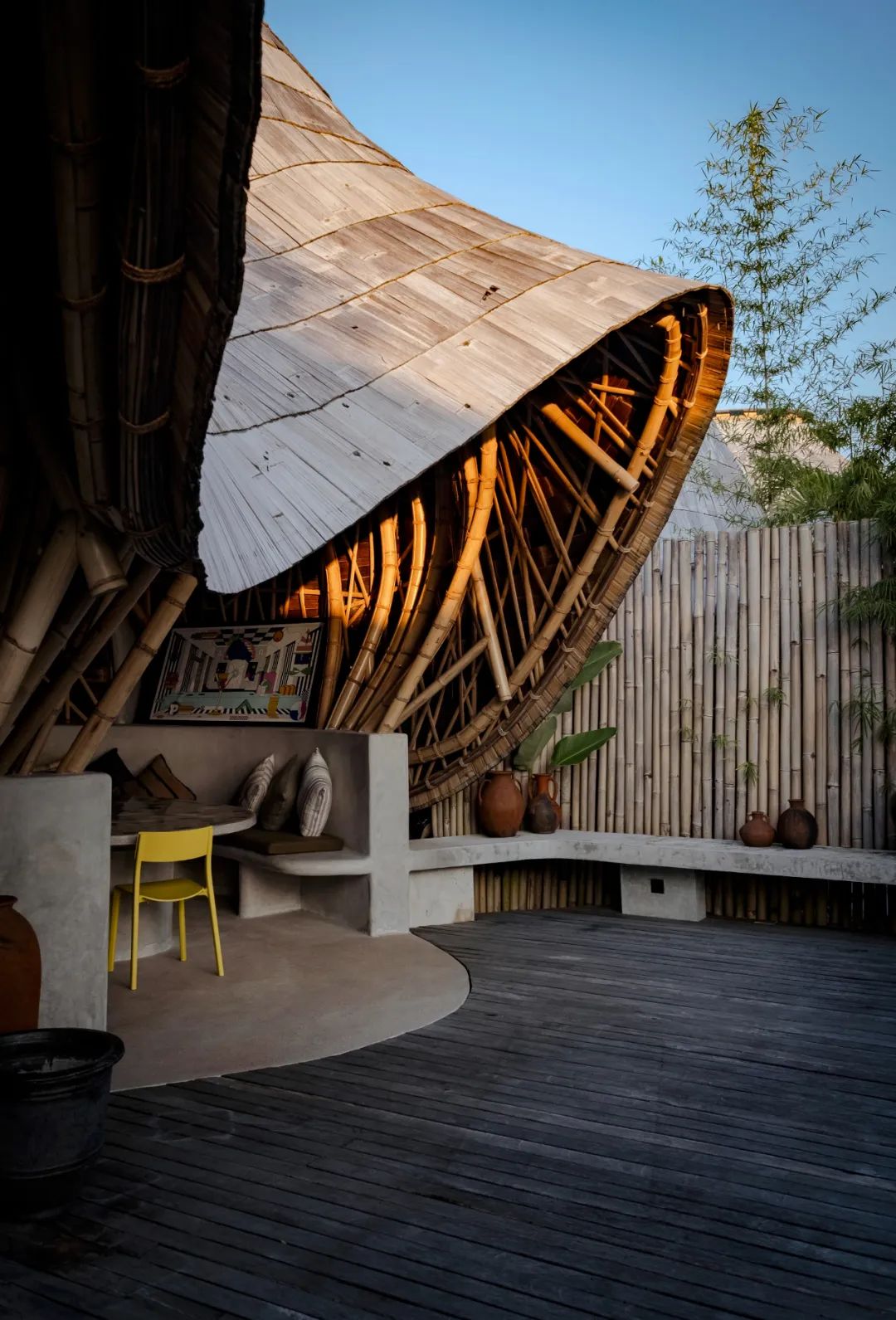
In wet areas, cement, which typically represents rigidity and industry, transforms into an organic, malleable, lightweight, and unpredictable element through the use of "ferrocement". This adaptation allows to take control of natural lighting, airflow, and privacy.

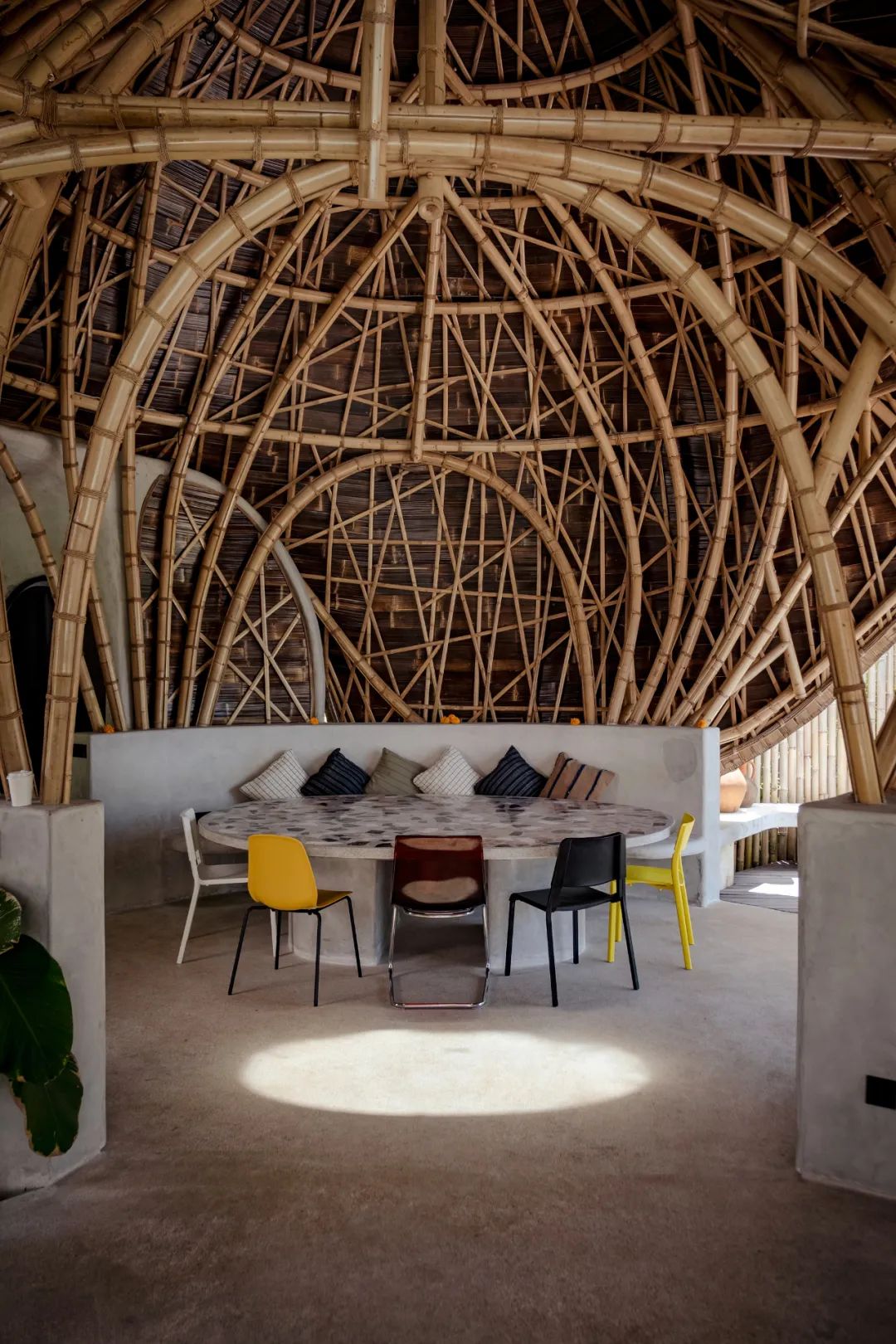
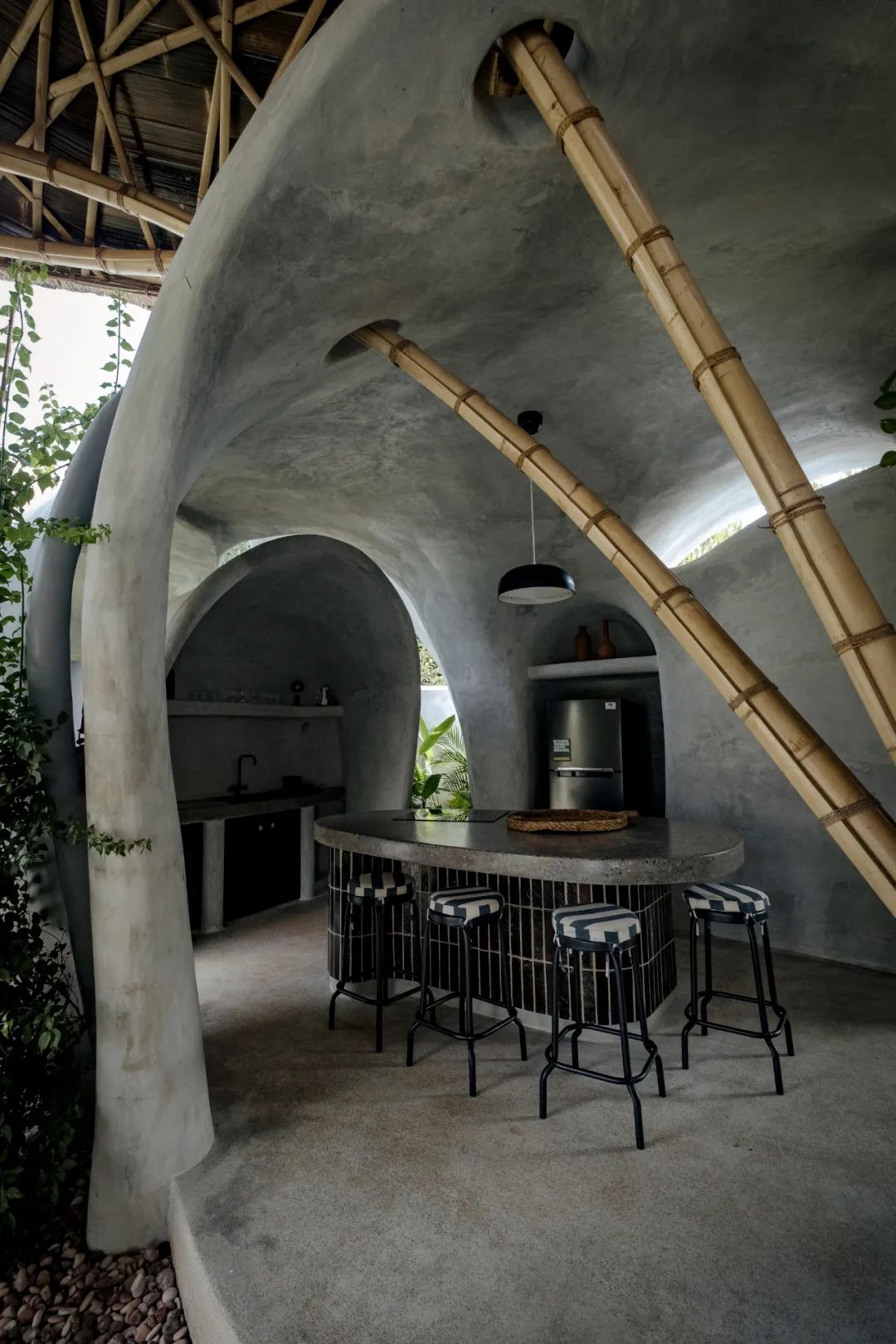

The Interior - I intended the breaking of conventional rules and the use of a wide range of materials to serve as the central premise of interior design. Plastics retrieved from Bali's rivers were repurposed into furniture, waste from a marble factory was utilized for crafting a table, 100% recycled PET bottle fabrics were employed for sofas, and a Gae Aulenti chair was reimagined with a Pahikung Sarong (a traditional handmade fabric from the island of Sumba). Additionally, hand-glazed terracotta by a local ceramist and pools painted by a local artist were incorporated, exemplifying how we seamlessly incorporated different materials and elements into the space. In conclusion, understanding architecture as an ongoing process of unlimited creativity and experimentation.
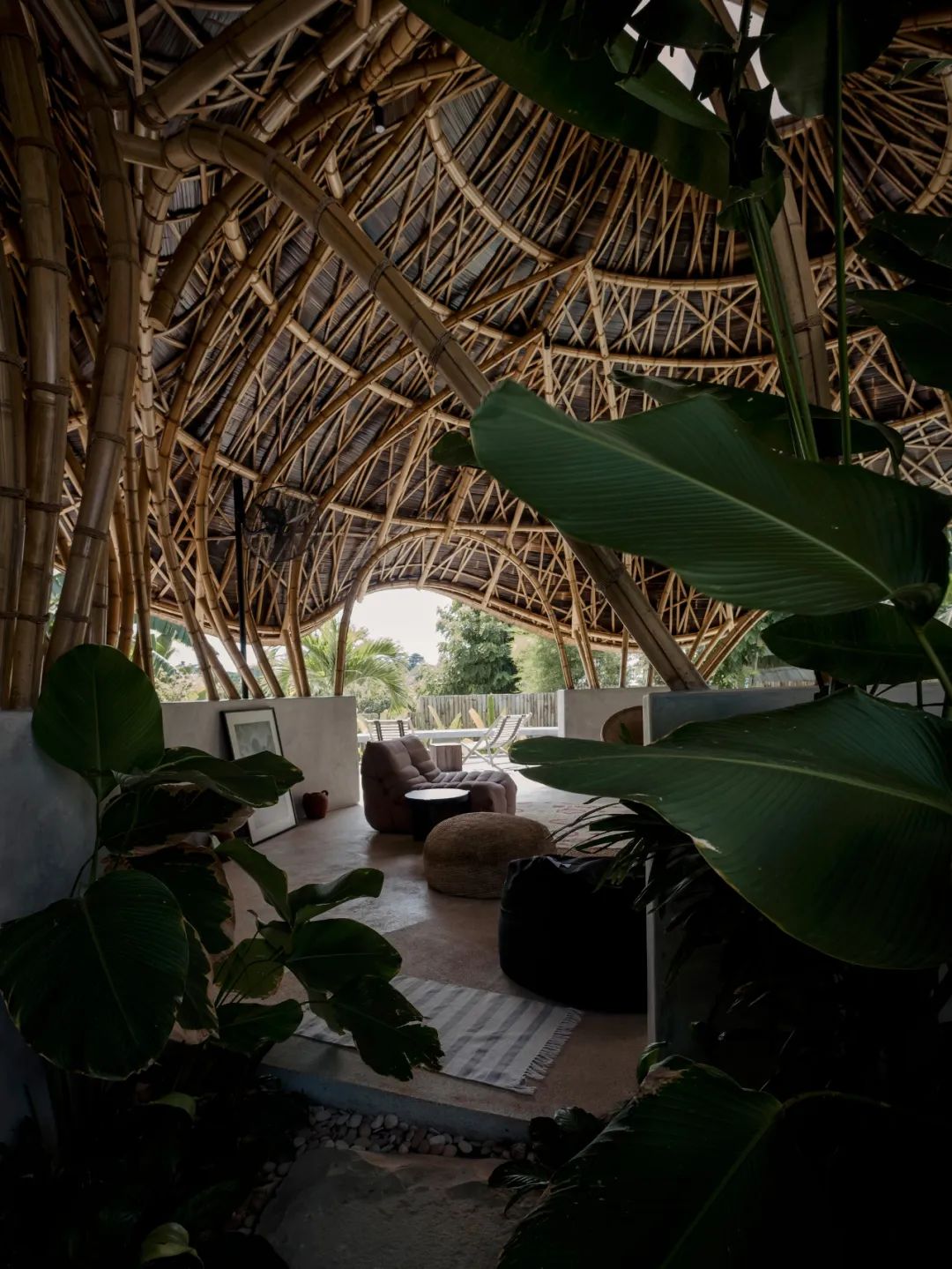
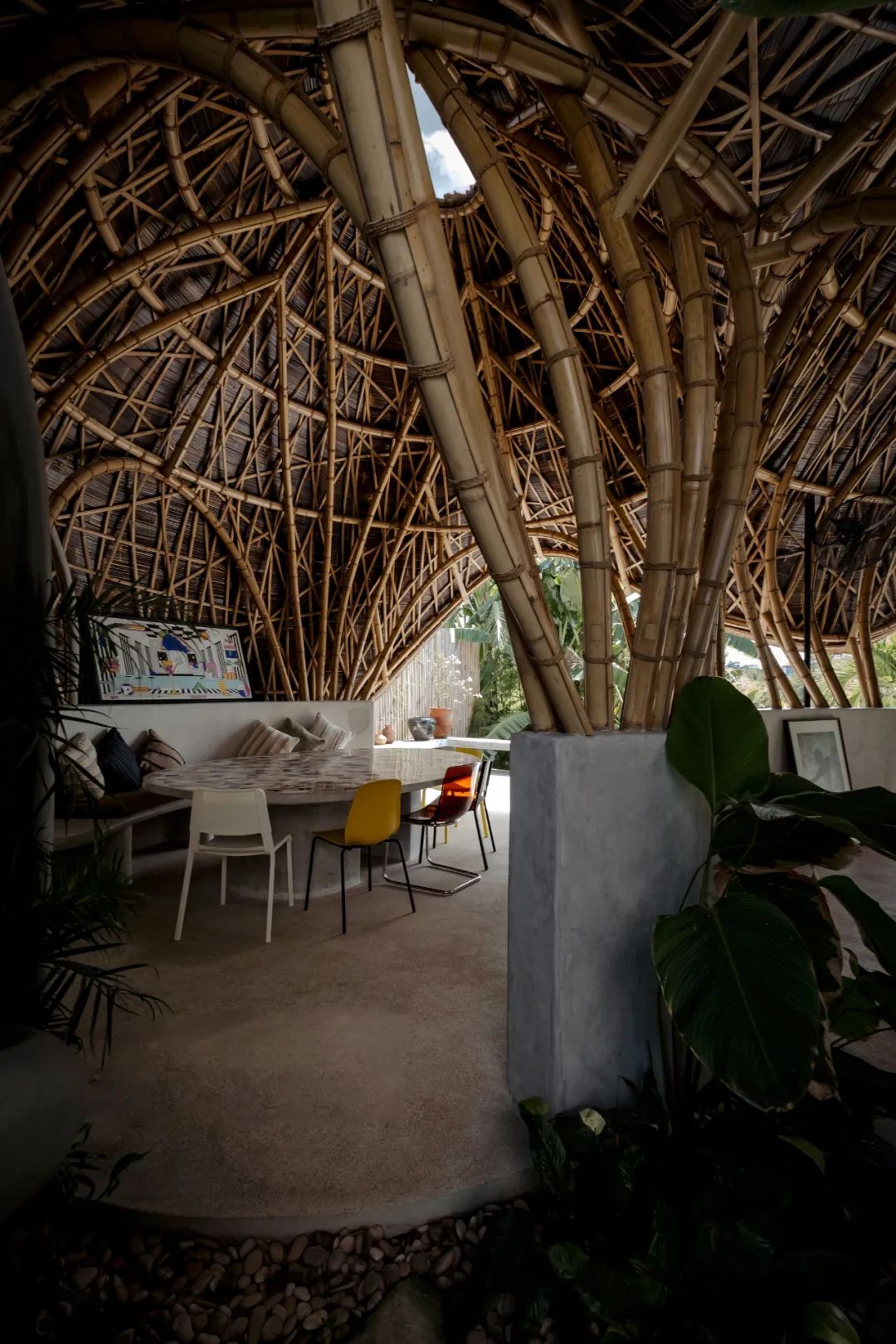
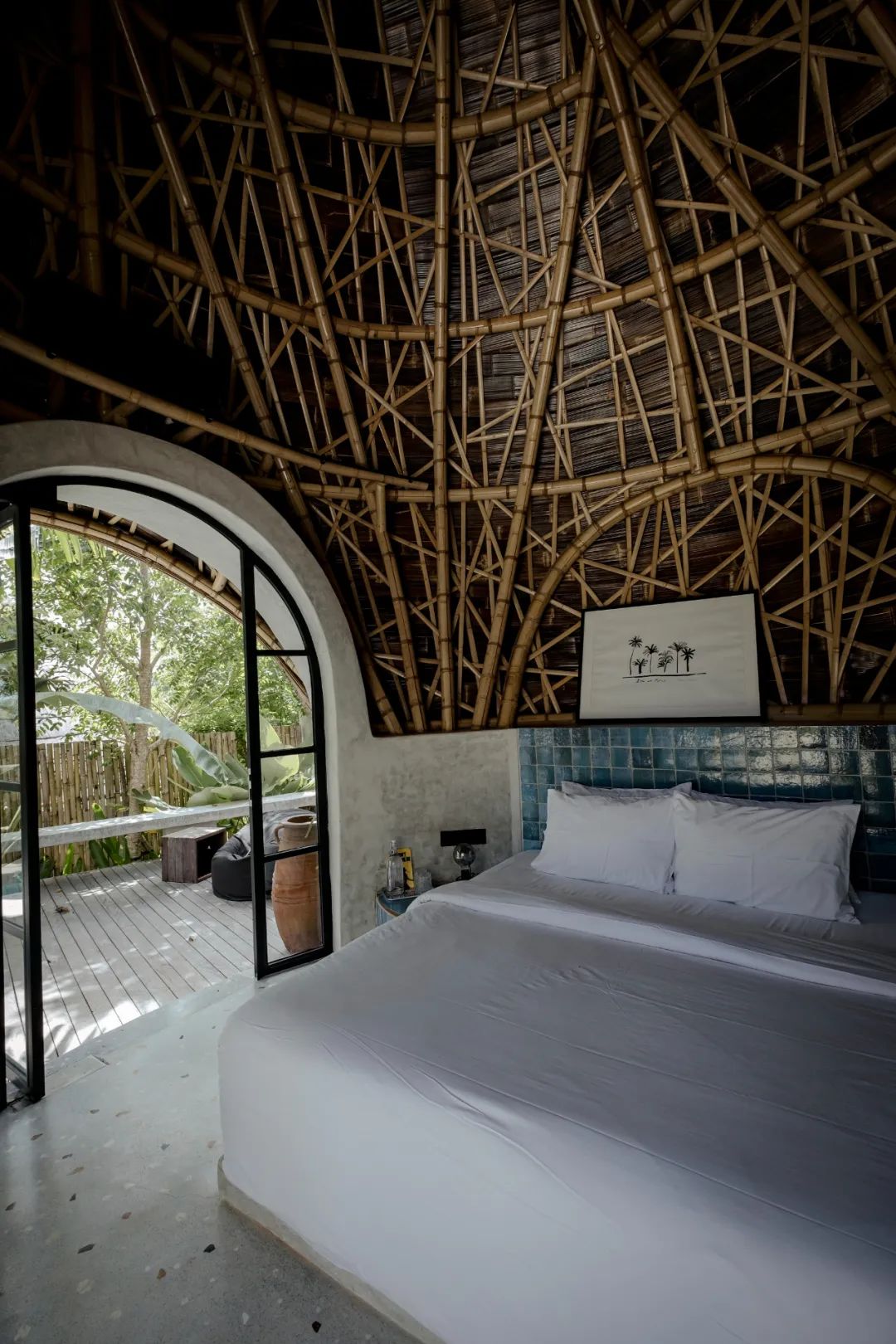
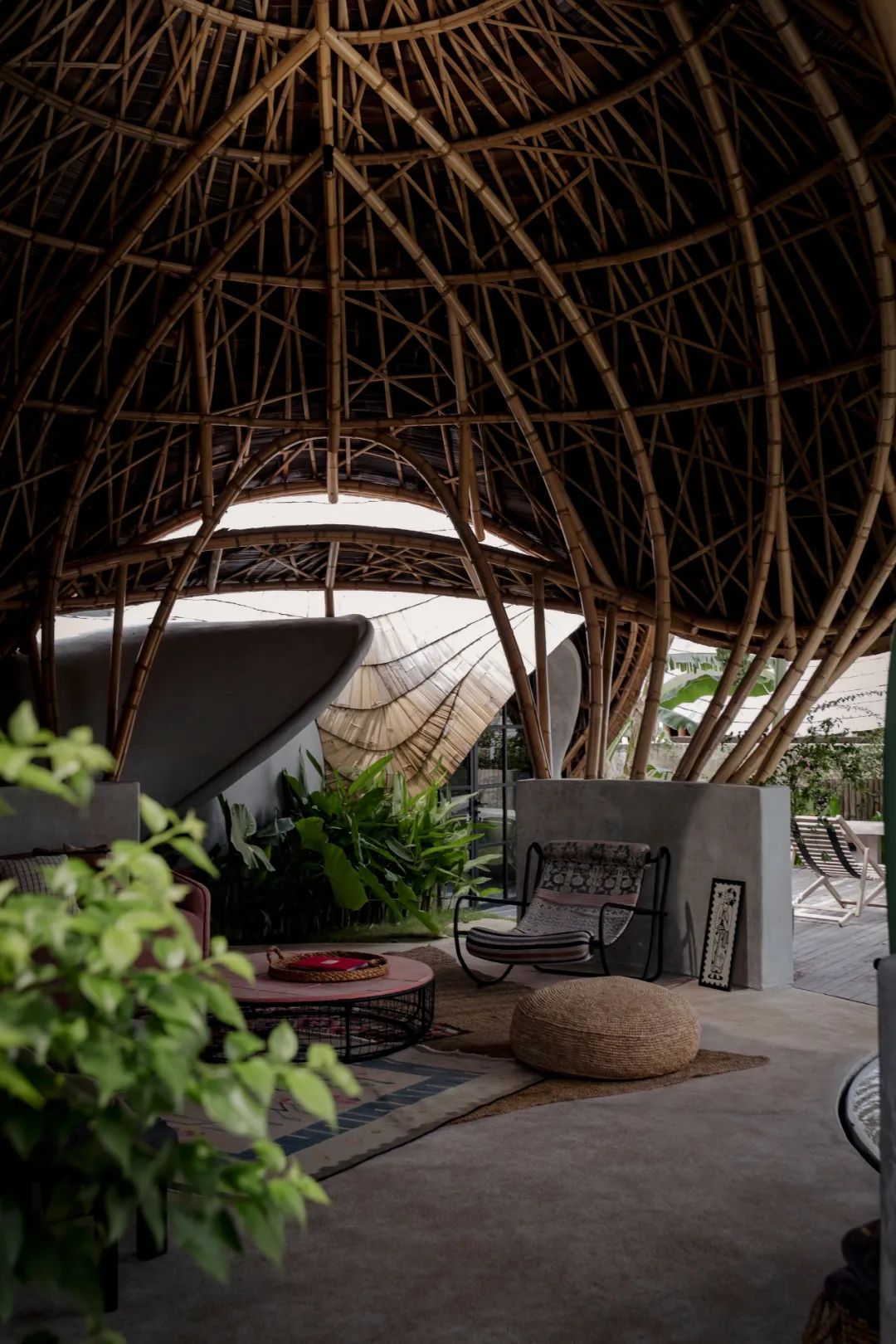
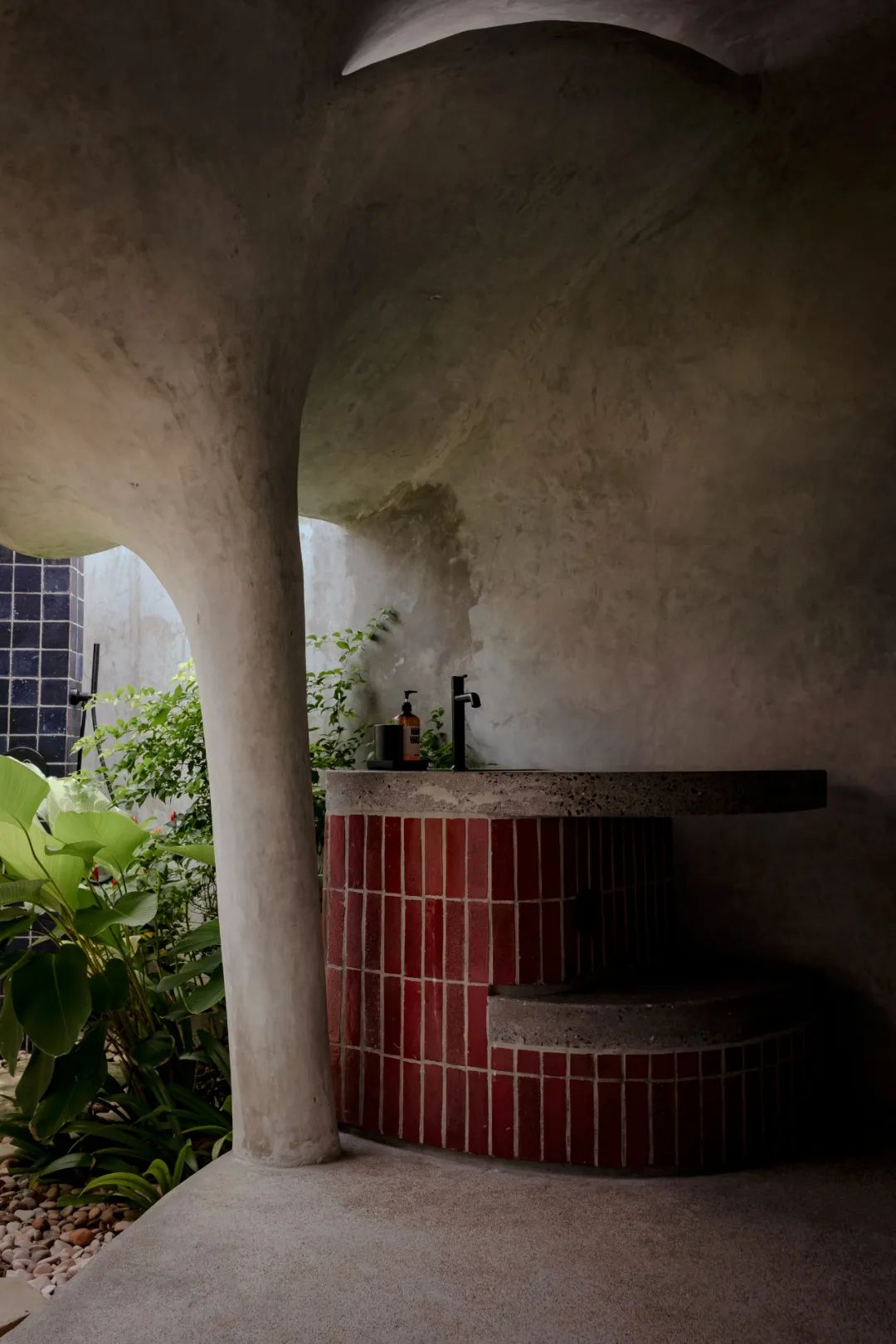
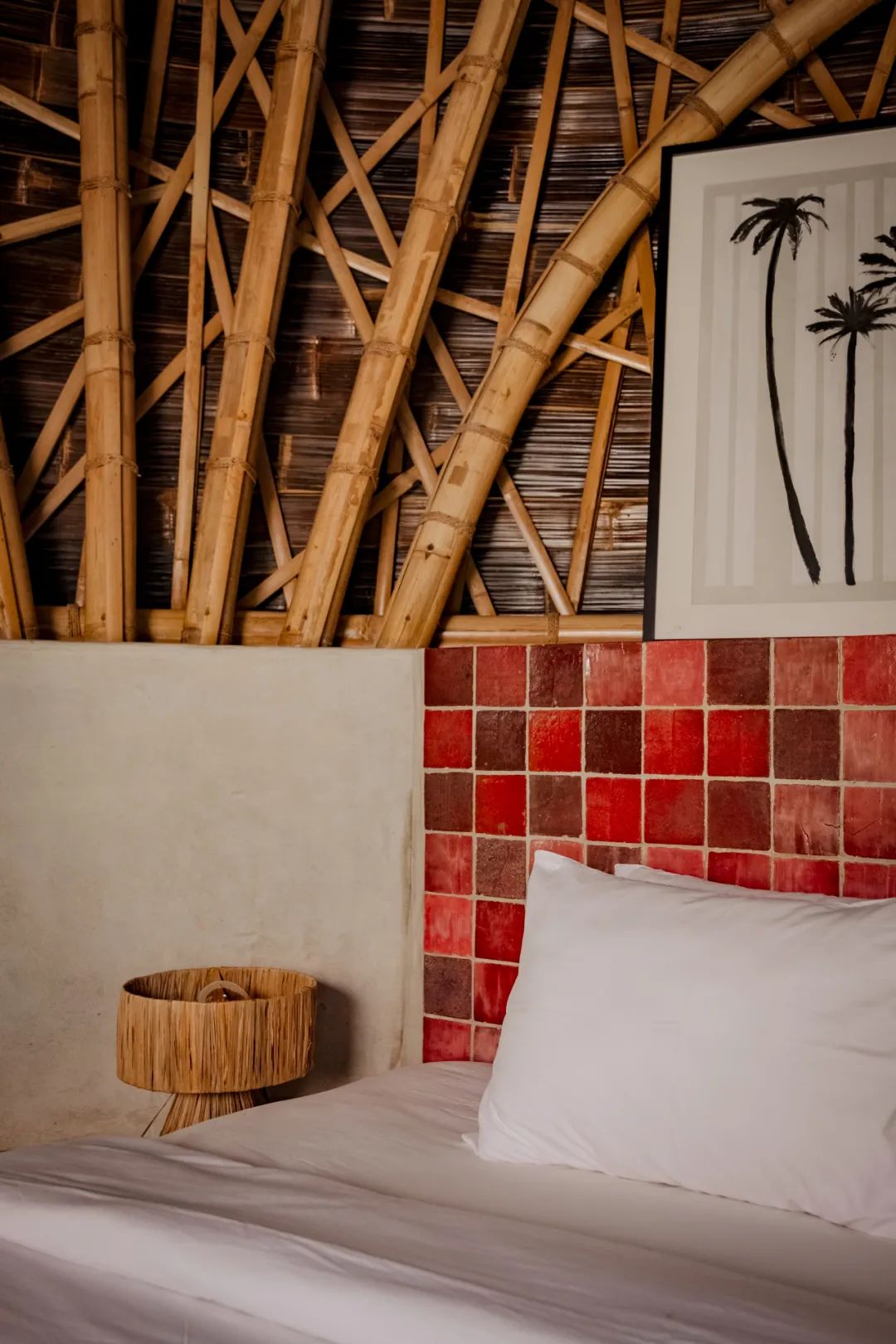
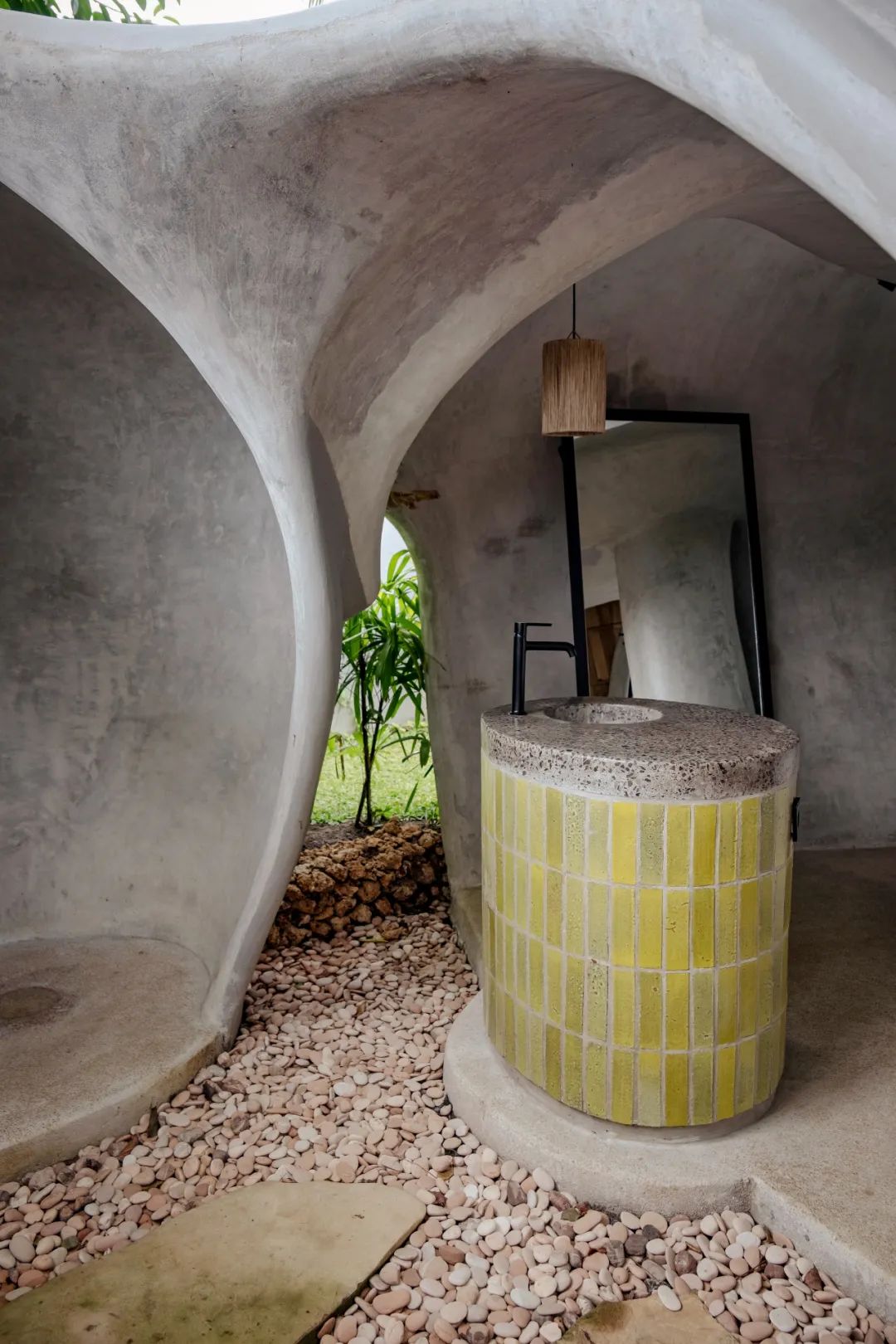
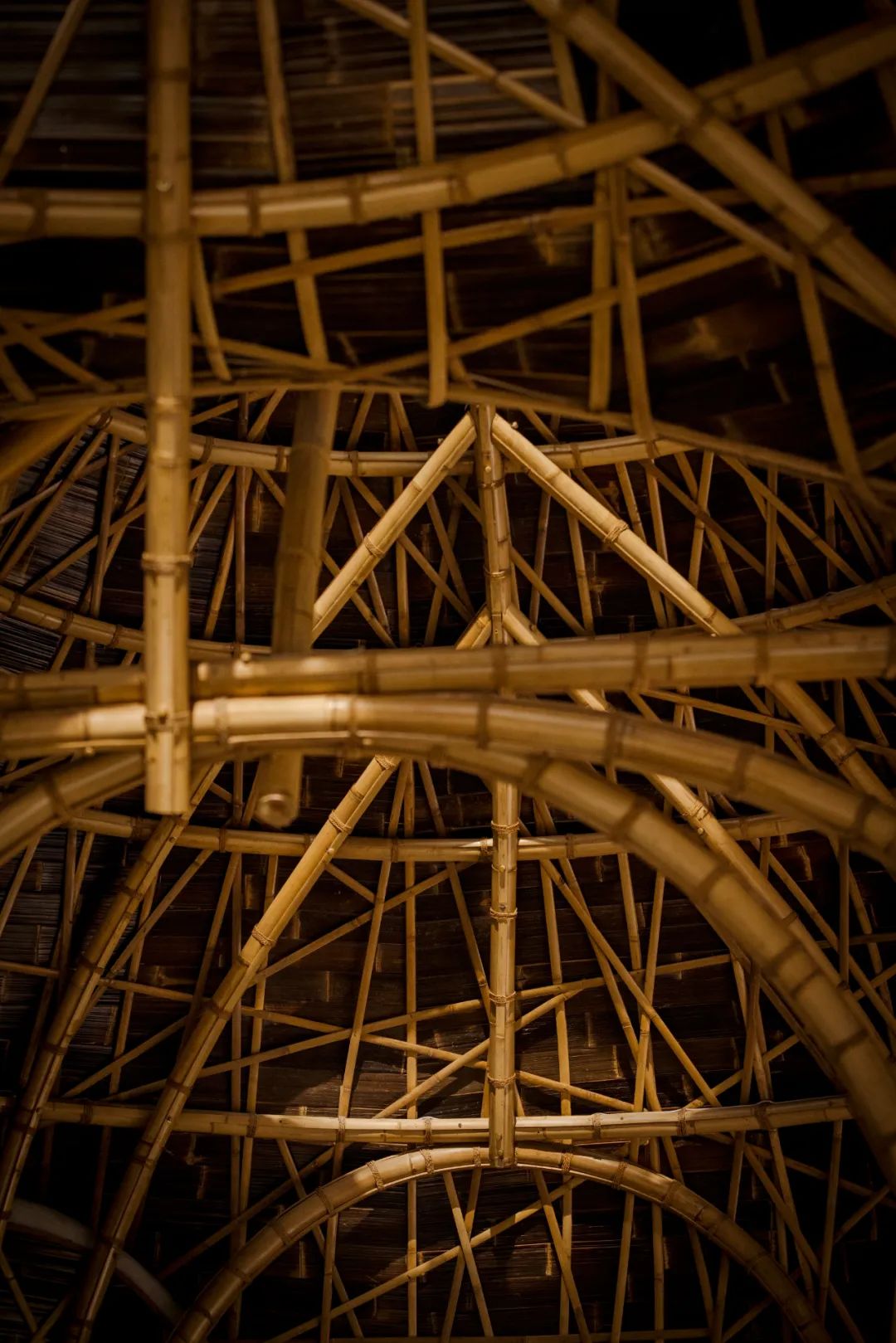
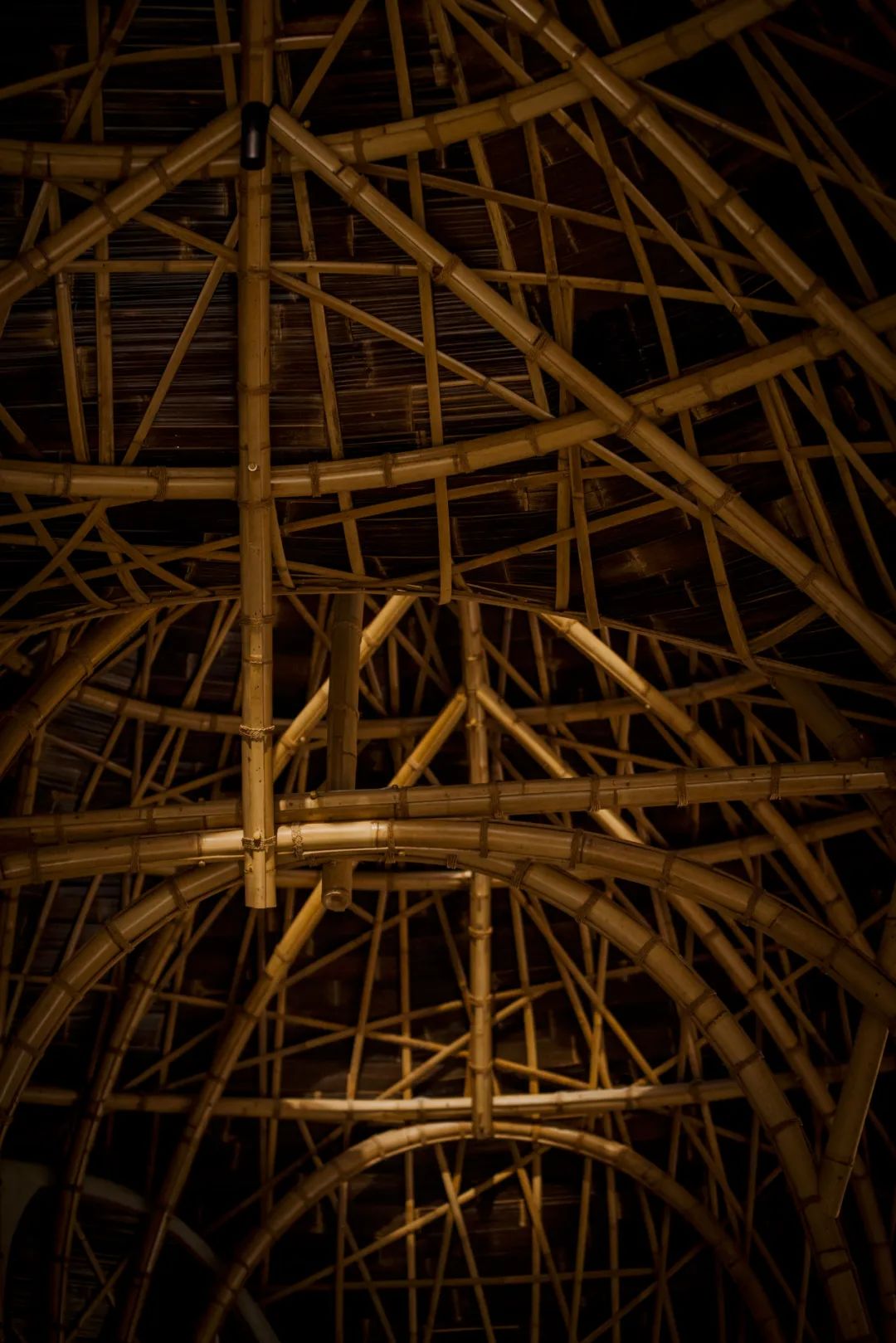
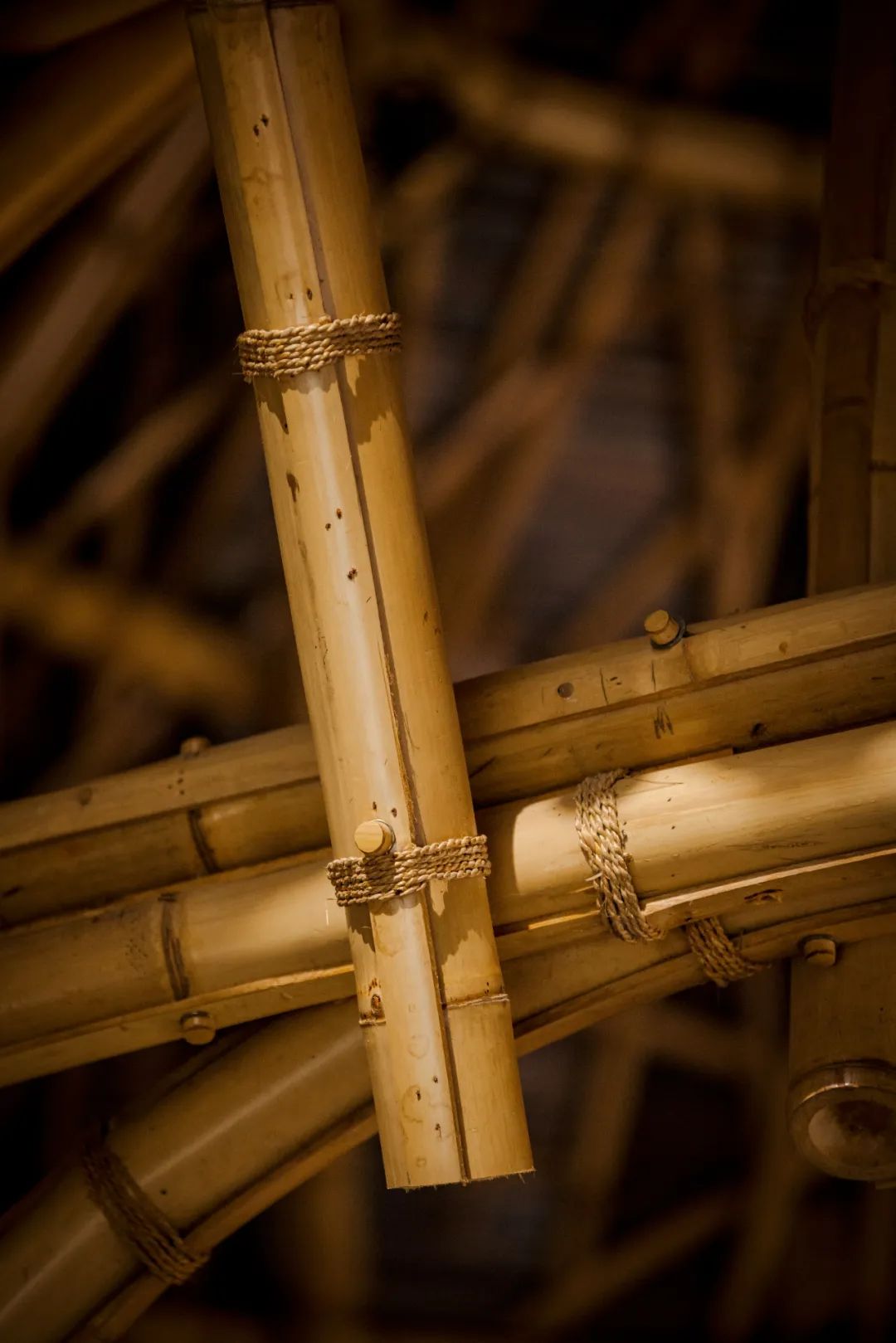
项目图纸
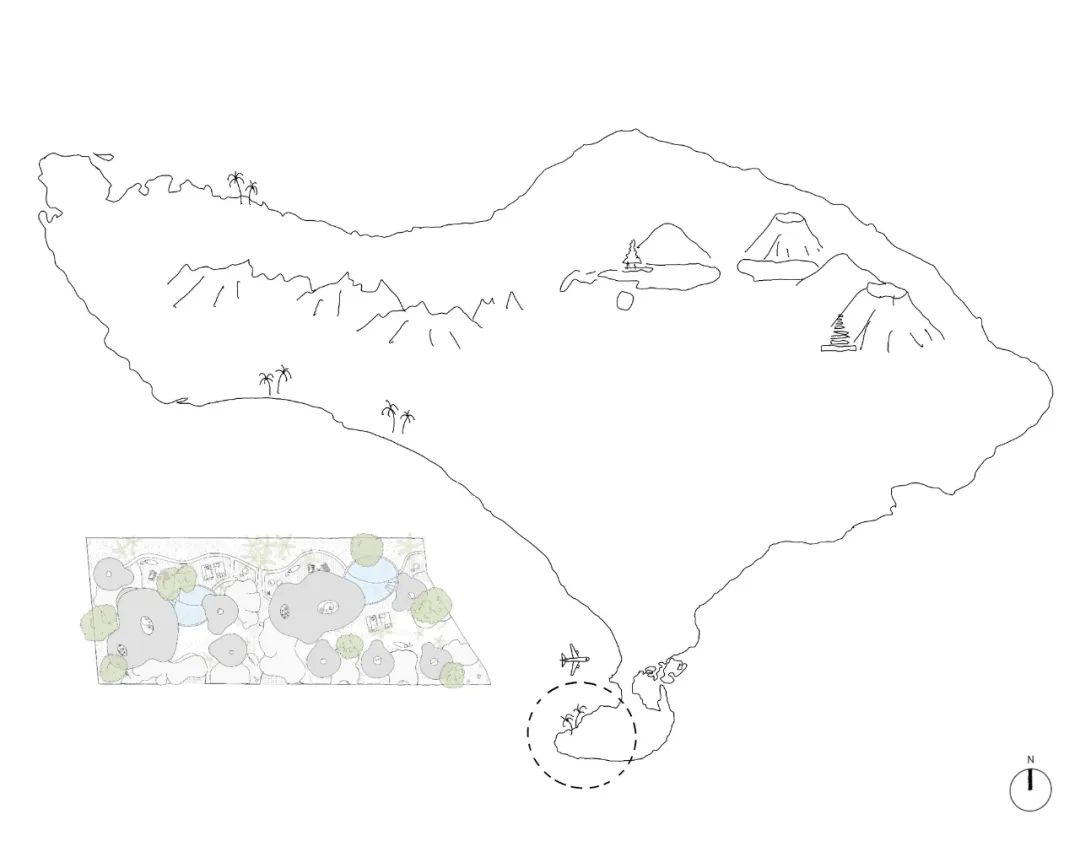
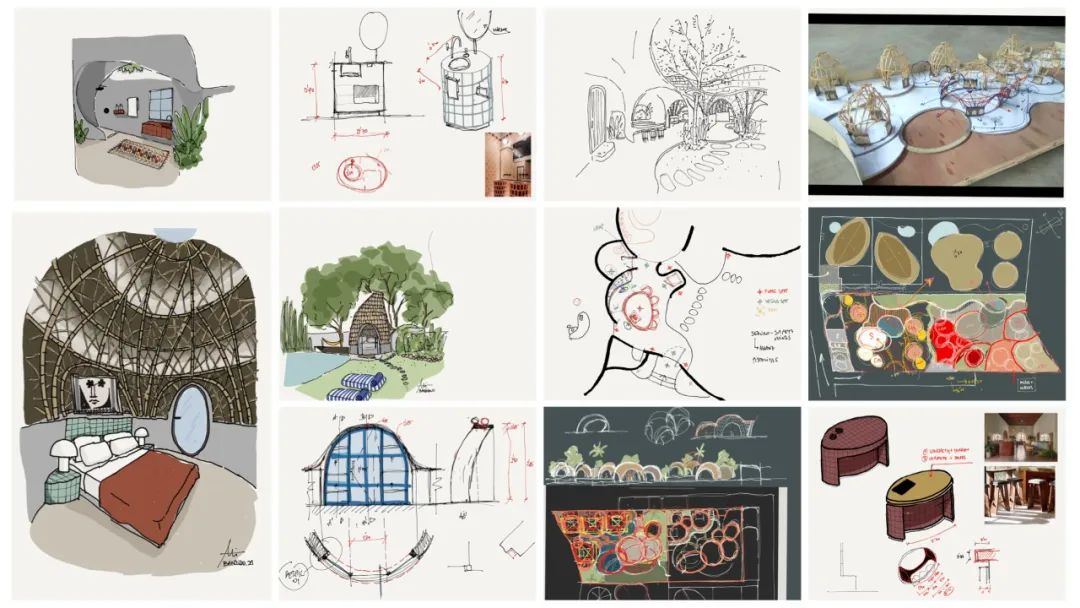
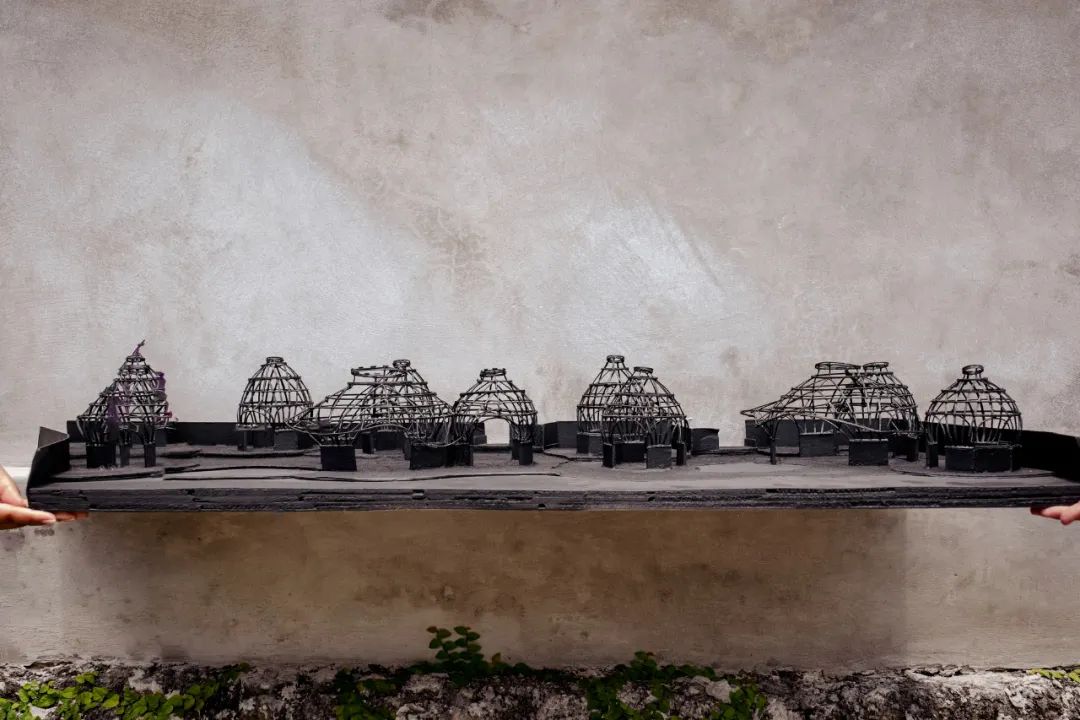
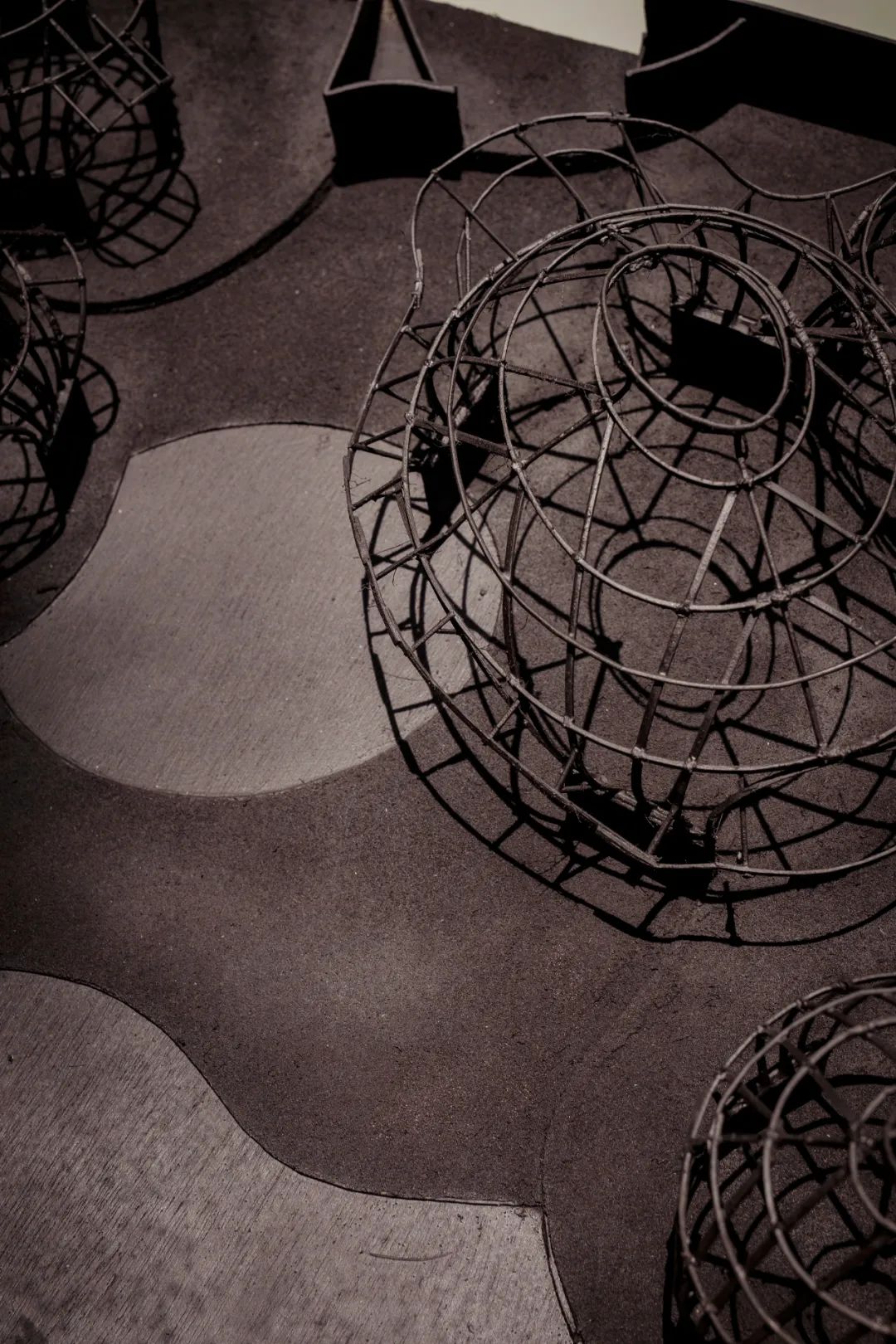
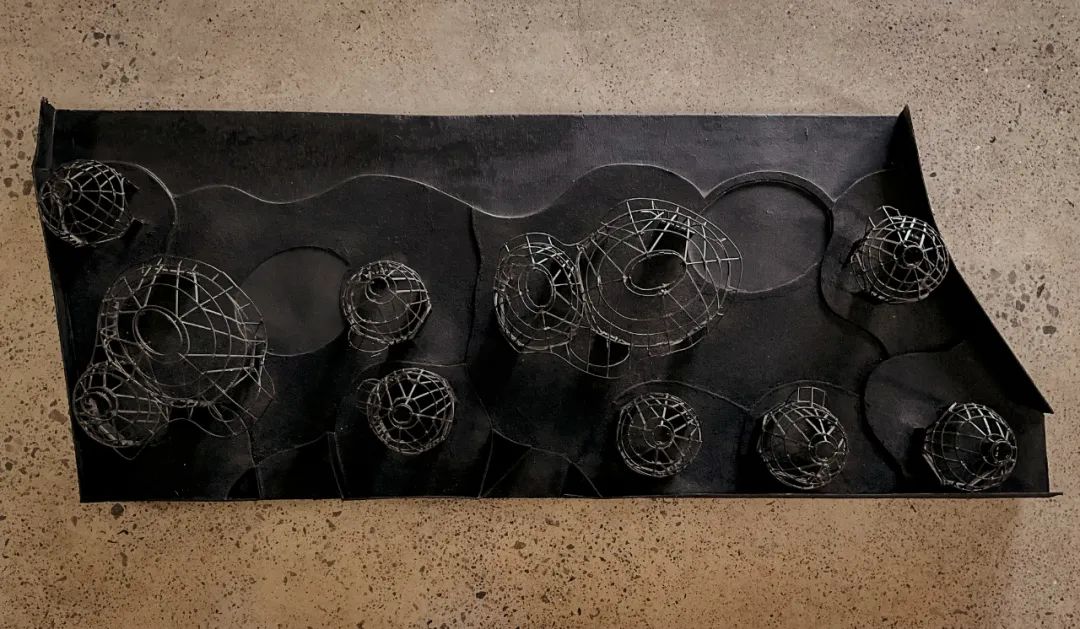

模型
项目信息
本资料声明:
1.本文为建筑设计技术分析,仅供欣赏学习。
2.本资料为要约邀请,不视为要约,所有政府、政策信息均来源于官方披露信息,具体以实物、政府主管部门批准文件及买卖双方签订的商品房买卖合同约定为准。如有变化恕不另行通知。
3.因编辑需要,文字和图片无必然联系,仅供读者参考;
推荐关注
办公商业建筑
扫描二维码关注
微信公众号“办公商业建筑”
合作、宣传、投稿
联系微信:soujianzhu006
搜建筑·矩阵平台
相关文章
发表评论
评论列表
- 这篇文章还没有收到评论,赶紧来抢沙发吧~




